“One must maintain a little bit of summer, even in the middle of winter.” It has been a while since I gave an update on my little winter window garden. The highlight of the winter has been watching the growth of my Japanese morning glory plants! Ipomoea nil won't bloom outdoors for me because of the short season. I had pretty much accepted the fact that I would never get to see one of these beautiful flowers in person, at least so long as I lived in Maine! But then someone told me that they could be grown inside, so I decided to try it. I had just 4 Ipomoea nil 'Chocolate' seeds left from the packet I'd bought when I tried to grow them in my garden. All 4 of them germinated and have been brightening my snowy days ever since! 😁 These plants are sensitive to day length, so the short days of winter only make them bloom more quickly! I was actually planning to wait a while longer and then surprise everybody with a big beautiful flower, but I can't keep a secret that long. 😊 So, here are a couple of the most promising buds! Also, a friend recently sent me seeds for over 20 different kinds of rare Japanese morning glories! I don't have the space to grow them all at once (much as I'd like to!) but I have 3 seedlings each of 'Purple Reverse Tube', which will also have beautiful lime green leaves... And 'Sazanami', which has huge, purple/pink and white speckled blooms!. I love the pinkish coloring on these seedlings too! In the meantime, one of my Heartsease plants has opened its first flower, just in time to hold me over! Today, as I look out on the falling snow, this little one brings to mind these lines from Emily Dickinson... "I'm the little 'Heart's-Ease'! There is nothing like having a few little plants growing on a windowsill during the winter months. The bitter cold and barrenness outside only makes them all the more precious! 😊
10 Comments
My father and I made two trips into Canada this past week. I always enjoy the drive through the Renous highway wilderness although it was a little treacherous during both our trips this time due to blowing snow and ice from the rain we had a few days ago. The St. John river still has lots of ice chunks from the thaw we had last month. This picture was just taken as we were driving across the bridge and doesn't do it justice. Some of those ice chunks are huge! Looking out across the frozen bay in Baie-Sainte-Anne, NB. What looks like fog is actually just blowing snow! Ice covered Tansy by the bay... I was both surprised and thrilled to see that the ocean was also frozen for as far as we could see! It was almost like being in the arctic! It certainly had changed a lot since the last time we saw it back in November. And finally, a home scene! We had a bit of a thaw on Thursday with an inch of rain. All the snow came sliding off the back roof, taking the internet wire down with it! There are power lines there too but they were OK, thankfully! Hope everyone is staying warm! I have felt some warmth from the sun the last few days, so there is hope!! 😊
God might have made the earth bring forth
The ore within the mountain mine The clouds might give abundant rain, Then, wherefore, wherefore are they made, Springing in valleys green and low, Our outward life requires them not, To comfort man, to whisper hope "When little Elves have cut themselves, 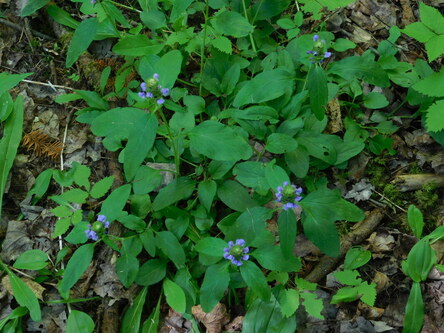 Have you ever come across a plant whose identity was entirely unknown to you, and instinctively felt that it must have an interesting past? It has happened to me often, but the first plant that comes to mind is the beautiful Self-Heal (Prunella vulgaris). It may come as a surprise to some of you that I only made the acquaintance of this plant last summer, since to many it is a pesky lawn weed. It doesn't grow in our yard, however, and the first time I came across it was on a hot summer day's walk in the woods. I was struck by its unusual appearance and beauty and felt sure that I was not the first who had been so impressed, and that perhaps some great usefulness had been attributed to it by our ancestors. Of course, all that was confirmed when I learned its name! It was in fact considered almost a cure-all, and an old French proverb claims that no man will need a physician if he has this plant. Culpeper writes thus in his English Physician: "Self-Heal, whereby when you are hurt, you may heal yourself". Gerard praises its virtues highly, claiming that "there is not a better Wound herbe in the world than that of Selfe-Heale is". He also recommends it as a remedy for headaches: "Prunell bruised with oile of rose and vineger, and laid to the forepart of the head, swageth and helpeth the pain and aking thereof". I may try that one on myself sometime! It is still used by some modern herbalists and is believed to have anti-inflammatory and astringent properties. In A Modern Herbal, Mrs. Grieve writes: "An infusion of the herb, made from 1 oz. to a pint of boiling water, and taken in doses of a wineglassful, is considered a general strengthener. Sweetened with honey, it is good for a sore and relaxed throat or ulcerated mouth, for both of which purposes it also makes a good gargle. For internal bleeding and for piles, the infusion is also used as an injection". The genus name, Prunella, is actually a corruption of the German Brunella, or Brunellen, a name derived from its use to treat an inflammation of the throat and mouth which in German was called de Braune. James Britten's Dictionary of English Plant Names (1886) lists well over a dozen common names for this plant. Many of them are suggestive of its medicinal uses, such as Carpenter's Herb, Hook-Heal, Slough-Heal, and Touch-and-Heal. Another interesting name is Heart-of-the-Earth, "because it chiefly occurs in thin poor soils, where the farmer gives it the credit of eating away all the substance of the soil. It was apparently a somewhat troublesome weed in cornfields, from which it gets yet another name, Pick Pocket, although this name was a general one applied to several different plants that were considered troublesome. It has a few prettier names as well, such as Blue Curls, Bumble Bees, and London Bottles. Prunella vulgaris is a member of the mint family (Labiatae), native throughout Europe, Asia, and North America. It is interesting that several English writers claim that it was "one of those common wildflowers that have found their way to North America, tending even to oust the native flowers". Yet, according to all the modern sources I have seen (including the USDA) it is actually native here, and, at least in my area it seems to be quite unobtrusive. 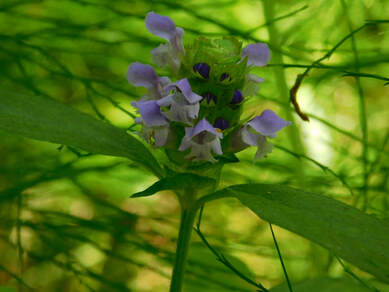 I think the little Self-Heal is remarkably pretty, and many others have been of the same opinion. So, I was rather shocked yesterday when I read what the Victorian art critic, John Ruskin, had to say about it. Speaking of the mint family in general, while he does praise their usefulness and fragrances, he yet says that "there is scarcely a blossom of them which is not more or less grotesque, even to ugliness", and even goes so far as to suggest that they are distorted by some evil influence: "...it is not the normal character of a flower petal to have a cluster of bristles growing out of the middle of it, nor to be jagged at the edge into the likeness of a fanged fish's jaw, nor to be swollen or pouted into the likeness of a diseased gland in an animal's throat. A really uncorrupted flower suggests none but delightful images, and is like nothing but itself". Truly a strange theory! Yet even he admits that the Self-Heal was "a flower very dear and precious to me", and "the only flower left to be loved among the grass" after the early summer flowers had faded. He writes that "the most glowing violets could not be lovelier than each fine purple gleam of its hooded blossoms". But here his praises end and he complains, "But their flush is broken and oppressed by the dark calyces out of which they spring, and their utmost power in the field is only of a saddened amethystine lustre, subdued with furry brown. And what is worst in the victory of of the darker colour is the disorder of the scattered blossoms; - of all the flowers I know, this is the strangest, in the way that here and there, only in their cluster its bells rise or remain, and it always looks as if half of them had been shaken off, and the top of the cluster broken short away altogether". Looking yet closer (through a magnifying glass) he goes so far as to say that the form of the flowers is "grotesque beyond all wonder"! Well, Mr. Ruskin's ideas seem to be quite unlike any others I have come across, fortunately! 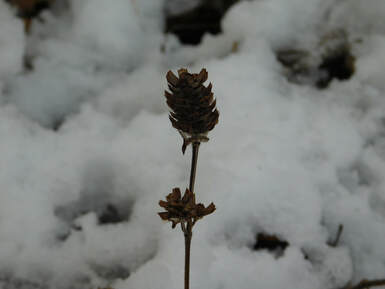 In my opinion it is lovely enough even for the flower garden, and surely a plant which has been so useful for centuries is under no "malefic influence"! The whole plant is quite interesting even in winter, "when the heads of dry calyces stand up like little brown turrets", and have given me much pleasure during my late fall rambles (before they were completely buried!). I would be delighted to learn what others think of this little flower! Do you consider it a weed or a wildflower? Have you ever used it medicinally? I am linking with Clay and Limestone today for Wildflower Wednesday!
"The sky is low, the clouds are mean, We are just digging ourselves out from under another 20 inches of snow brought in by the polar vortex, which as you can see from this picture (taken the day before) we didn't really need! 😁 Even though I don't look forward to a blizzard like this, I have to admit there's something thrilling about these storms that I rather enjoy. Maybe it's the exhilaration of fighting against the wind in near white-out conditions! I do like to get out and experience it for a while. 😊 A walk in the woods makes me feel like I'm in Narnia! Bringing plants in and out of my greenhouse next month is going to be a bit of a challenge! But I'm really just thankful that the greenhouse is still standing right now. I don't think I ever mentioned it here but two of the PVC pipes broke during a windstorm late last fall and I only had time to tape them with FiberFix. Amazingly it has been holding up very well! Believe it or not, there is a building behind that pile! The snow was so wind packed that the roof rake wouldn't go through it, so I had to get on the roof with the the snow scoop. No ladder necessary...it's just good practice for mountain climbing! 😃 Looking down, it's hard to see where the roof ends and the snow begins! Those are the porch steps in the top of the picture. When I was ready to come down, I just sat down and slid! The garden swing has disappeared. There is a birdbath in there somewhere too! This was a monster of a storm and I know many of you have been affected as well. I hope everyone is safe and warm and enjoying the winter wonderland! 😊
The newest addition to my "library" is Flowers and Flower Lore, by Rev. Hilderic Friend. Published in 1884, it has over 700 pages of flower history, legends, and poetry! Needless to say, I can hardly bear to put it down, which makes a couple of kittens rather jealous! So Nastya decided to make me stop reading for a while and I guess she succeeded very well! 😃 There's something about a kitten's eyes that I just can't resist...and they know it too! 😊 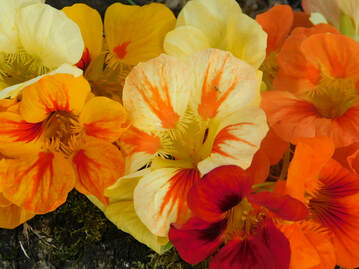 "Nothing is older, better known, or more disregarded", writes Professor James Rhoads, "than the proverb that tells us of a weakness peculiar to man, which induces him to despise what he can have with little trouble or expense, no matter how beautiful it may be. This moralizing has little to do with flowers, but some of the prettiest and most neglected of flowers have something to do with it—for they caused it". And the particular flower he had in mind was the pretty Garden Nasturtium (Tropaeolum majus). True, it seems to have held its own in our gardens, but perhaps it has not been quite appreciated as it should be! Interestingly enough, there are very few poetical associations with this flower, and I am not the first to notice this. In her book Flora Domestica (1823), Elizabeth Kent says that "notwithstanding the glowing and sunny beauty of this well-known flower," it seemed to have been "almost overlooked by those immortal bestowers of immortality, the poets".  Nicolas Monardes (1493-1588) Nicolas Monardes (1493-1588) The Nasturtium is a native of South America and was brought back to Spain by the Spanish physician and botanist Nicolas Monardes (famous for his work, Joyfull News Out of the New Found World, and after whom the genus Monarda is named). From there it seems to have been introduced to France, and later to England. Several 19th century writers give the year of its introduction to England as 1686, but Gerard writes in 1596 that he had received seeds for "this rare and faire plant" from a friend in Paris. It was first known as Indian Cress, possibly because the Americas were still considered to be a part of the Indies at the time, and because the leaves and flowers were used in salads like Cress. Another old English name for this flower is Lark's Heel. This name must have come somewhat later, as Gerard does not mention it as a name but simply compares it to the Field Larkspur (Consolida regalis), because "unto the backe-part [of the flower] doth hang a taile or spurre". But in Shakespeare's The Two Noble Kinsmen, mention is made in the opening song of "Lark's-heels trim". According to the notes I have found in the back of an edition published in 1906, this is believed to be the Nasturtium, not the Larkspur, as might be supposed! I have not been able to find out when it came to be called Nasturtium, since it is not very closely related to the true Nasturtium genus (indeed, at least one 19th century writer calls it a foolish name!) but I did learn that the word is derived from the Latin naris, a nose, and torquere, to twist, a possible reference to the rather bitter smell! The genus name Tropaeolum is derived from the Greek Tropaion, a trophy, and was given by Linnaeus, who, I am just finding out, had quite a lively fancy! It is said that the leaves, resembling shields, and flowers like blood-stained helmets, reminded him of an ancient Roman custom in which the Romans set up a trophy pole where they hung the armor and weapons of their vanquished enemies. 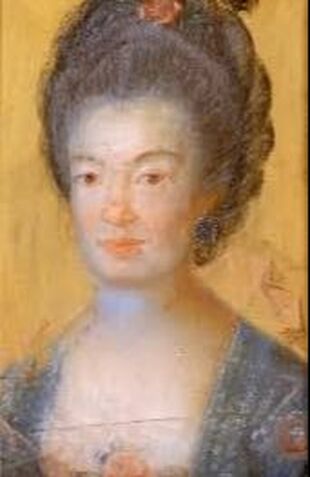 Elisabeth Christina von Linne Elisabeth Christina von Linne About 1762, at the age of 19, Linnaeus' oldest daughter Elisabeth Christina noticed something unusual about the Nasturium flowers in her father's garden at Hammarby. Walking in the garden at twilight, she observed that the bright reddish flowers seemed to be giving off flashes of light at certain intervals. She reported this to her father, and later even published a paper entitled Om Indiska Krassens Blickande (Concerning the Flickering of the Indian Crass), in which she questioned whether the flashing came from the flowers themselves, or were rather an illusion of the eye. Her discovery attracted the notice of several noted scientists of the day, who attributed it to different causes, such as electricity, phosphorescence, or simply a wild imagination! There is a very interesting article published in Paxton's Magazine of Botany in 1836 by a Mr. J. R. Trimmer, considering all the different possible causes. He writes that this phenomenon is not "more wonderful than that the electric eel and torpedo should give voluntary shocks of electricity; and in this plant perhaps, as in those animals, it may be a mode of defense, by which it harasses or destroys the night-flying insects which infest it, and probably it may emit the same sparks during the day, which must be then invisible. This curious subject deserves further investigation. The ceasing to shine of this plant after twilight might induce one to conceive that it absorbed and emitted light like the Bolognian Phosphorus, or calcined oyster shell. The light of the evening, at the same distance from noon, is much greater, as I have repeatedly observed, than the light of the morning; this is owing, as I suppose, to the phosphorescent quality of almost all bodies in a greater or less degree, which thus absorb light during the sunshine, and continue to emit it again for some time afterwards, though not in such quantity as to produce apparent scintillations.” He goes on to quote Erasmus Darwin, who writes: “In Sweden a very curious phenomenon has been observed on certain flowers, by M. Haggren, Lecturer on Natural History. One evening he perceived a faint flash of light repeatedly dart from a marigold; surprised at such an uncommon appearance, he resolved to examine it with attention, and to be assured that it was no deception of the eye, he placed a man near him, with orders to make a signal at the moment when he observed the light. They both saw it constantly at the same moment. The light was most brilliant in marigolds of an orange colour, but scarcely visible in pale ones." Mr. Trimmer claims to have "often observed the curious circumstance of the flashing of flowers, with out being at all able to ascertain its cause. Sometimes I have been almost led to suppose it to be an optical deception, occasioned by an impression made on the eye by the bright colour of the flowers from which the coruscations seemed to proceed. But at times I have seen the flashes of light so vivid and plain, and extend to so great a distance, that it is impossible for me longer to entertain that opinion; besides, too, I have seen the flashes proceed from pale-coloured and even white flowers, which would not make that impression on the eye. On the whole, I am much inclined to believe it to be electric, particularly from a circumstance which occurred a few years ago. In walking in my garden in the evening, in which was a considerable quantity of the Nasturtium in bloom, not at all thinking of the flashing of plants, I was struck by the very vivid flashes that proceeded from them, the scintillations were the most brilliant that I had ever observed, and at the same time the sky was overcast with a thunder cloud; directed by this circumstance, I have on several occasions looked for the flashes, when in the evening there has appeared electric clouds collecting, and have always found them, at that time, most to abound, and to be most brilliant." 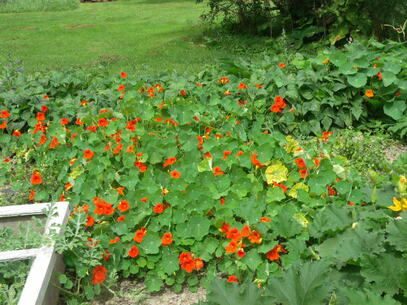 The poet-scientist Goethe seems to have been the first to realize that this unusual flashing, which had now been observed in other brightly colored flowers, including the Calendula, African Marigold, and Sunflower, was indeed an optical illusion caused by the brilliant flowers amongst the leaves in certain light conditions, pointing out that this flashing was only seen in a flower which comes sideways into the field of vision. Professor F. A. W. Thomas confirmed this in 1914. "It is perceived", he says, "in twilight, which makes red brighter and green duller than they appear in full daylight. As the image of the red flower moves from the peripheral part of the retina, where the rods are red-blind, to the fovea, the red is perceived somewhat more vividly than before, and this image coincides with the Purkinje after-image of the surroundings, giving the impression of a flash". This curious marvel is still known as the Elisabeth Linnaeus Phenomenon. There are even a few references to it in poetry, such as these beautiful lines from Samuel Taylor Coleridge... 'Tis said, in summer's evening hour I heartily agree with Elizabeth Kent, who says that surely this flower is as worthy of a poet's praise as so many others that have been immortalized..."singular leaves, fire-coloured flowers, a lady, sparks of light, and an evening,—what might not a poet make of all these?" "Botany—the science of the vegetable kingdom, is one of the most attractive, most useful, and most extensive departments of human knowledge. It is, above every other, the science of beauty. " I believe I mentioned in an earlier post that I was anxiously awaiting the arrival of a copy of Gray's School and Field Botany, as well as his Manual of Botany. I have had both of them for about a month now and what treasures of knowledge they are! Dr. Gray was known for his clear explanations and sometimes I even feel like I am there, seeing him showing and explaining these wonders of the plant world in person! I have been surprised and delighted by how many examples can still be found even in the depths of winter, especially when it comes to buds. Here is an illustrated example of a Lilac's growth, with a pair of axillary buds in place of the terminal bud, making a "repeatedly two-forked ramification". This was just one of those many little things that I realized I had never noticed or thought of before, and I hurried out to our old Lilac bush to see this small wonder! The past few days I have been studying leaves. I have to admit it is still all quite confusing to me, and I am looking forward to summer when I can look for living examples of the different forms described and see these differences in person. But just as I was feeling somewhat discouraged yesterday, I happened to be out shoveling snow around my greenhouse when I glanced up and saw some dead leaves still left on the branches of the Mountain Ash tree! And almost subconsciously I thought, "Ah, it has compound, odd-pinnate leaves!". Well maybe I am learning something. 😊 I have to keep reminding myself of Dr. Gray's words in the Preface of his School and Field Botany: "This treatise should teach that the study of botany is not the learning of names and terms, but the acquisition of knowledge and ideas. No effort should be made to commit technical terms to memory. Any term used in describing a plant or explaining its structure can be looked up when it is wanted, and that should suffice". Thank goodness, because I would be hopelessly lost otherwise! Another wonder Dr. Gray has revealed to me is how the buds on many trees, as well as the underground buds of herbaceous perennials often contain the next spring's leaves and flowers, "ready formed, folded, and packed away in small compass". Well don't ask me what I thought buds were before! Of course I must have had a vague understanding that this was the case, but never gave it much thought. This has given me a new interest in trees in winter. And looking at all those buds, knowing just what they are filled with, is quite comforting! "This explains how it is that vegetation from such buds shoots forth so vigorously in the spring of the year, and clothes the bare and lately frozen surface of the soil, as well as the naked boughs of trees, very promptly with a covering of fresh green, and often with brilliant blossoms. Everything was prepared, and even formed, beforehand." One of my favorite winter trees is the Speckled Alder (Alnus incana). It is beautiful in winter with its drooping catkins. and we certainly have an abundance of it! Male catkins, with the smaller female catkins in the background... Last year's fruit... When I have finished Gray's School and Field Botany, I plan to move on to his Botanical Text-Book, for Colleges, Schools, and Private Students (just ordered from Amazon and scheduled to arrive tomorrow!!). Yet as much as I want to know about how plants "live and move, and have their being", I hope I will never lose sight of the simplest charms in a flower, like the botanist in Emily Dickinson's poem... "I pull a flower from the woods, I may be a little old for a playhouse, but when I saw a video on making a quick winter shelter in the woods the other night, I had to try it! This shelter would be good for spending a night out in the woods during the winter months, provided you have a warm blanket or sleeping bag along! In my case I had no intention of sleeping in it, but I thought it would be a good thing to know how to do "just in case", and I made mine with a few simple variations because I planned to use it as a daytime shelter when I just want to spend some quiet time alone in the woods. The woods are magical right now after a fresh heavy snow! The first step in making this is to dig a trench in the snow wide and long enough for your body. I made mine extra wide to have room to turn around easily. A thick layer of fir or spruce boughs are laid on the bottom and sides, and the supports are laid across the banked snow. And more boughs are laid across the top. You can also add a layer of snow over the top for more insulation but I decided not to bother...I'm sure nature will take care of that soon enough! 😁 The inside is cozy and smells soooo good! I made an entrance on both ends so I could enjoy two different views! The view out the front door... And the back... I'm very happy with my new "playhouse" and it gave me a sense of accomplishment as well, knowing that I would know how to make a shelter in the woods if necessary! This will be a lovely spot to relax and maybe even read on milder days. I'm hoping to see some wildlife too. There are an abundance of deer, fox, and lynx tracks around here. But the woods are in the depths of a mid-winter peace right now...almost the only sound I hear is my own breathing!
I just came across this beautiful little story today and thought some of you might also enjoy it. This comes from an anonymous book published in 1843, entitled Floral Fancies and Morals from Flowers. I wish I had known this story when I first wrote about the Twinflower (Linnaea borealis) last fall! 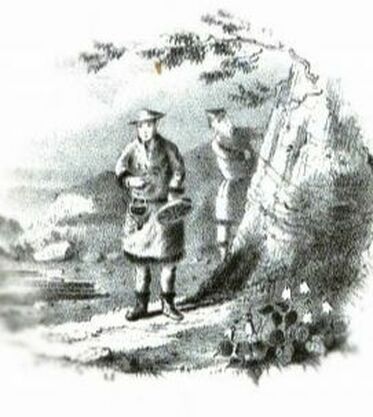 A gigantic Pine Tree had, for upwards of four centuries, reigned in solitary grandeur on the heights of a rocky mountain in Swedish Lapland. Beneath the snows of those 400 winters he had beheld the few vegetable productions which grew around him, repeatedly concealed, and frozen by their bitter blasts, apparently destroyed. He had sometimes even beheld man, the lord of creation, fall benumbed and lifeless at his feet; while he, still proudly defying the storm, grew on, full of sap and vigour. The pride of this lordly Pine “grew with his growth, and strengthened with his strength.” Seeing nothing above him, he fancied that the world could not produce his equal; for ever ascending, he aspired to reach the highest heaven; and beholding every green thing, except himself, wrapt yearly in a shroud of snow, he even thought himself immortal. At the foot of this Alpine monarch grew a little trailing plant, buried each year beneath the snows of winter, and nearly concealed beneath the moss in summer. This little plant was so utterly unknown, that it could not even boast a name. When the magic breath of a Lapland spring had suddenly variegated with spots of verdure the barren site they occupied, two travelers were one day seen approaching the lofty Pine and his lowly companion. The former beheld them, while yet afar off, making their toilsome way up the rough ascent which led to the foot of his rocky throne. “Poor dwarfish creepers!” apostrophized the vegetable giant; “ye are, doubtless, coming hither to offer homage to my greatness." As the two men drew nearer, one, indeed, looked up at the stupendous tree in seeming admiration; but the eyes of the other were chiefly bent towards the earth. On reaching the Pine's foot, the first individual began to take careful measure of its enormous circumference, while the attention of the second was engaged on a far different object—the little red and white blossoms of the nameless plant, of which he had just caught a glimpse through their dark green veil of moss. He stooped to gather; looked at them with delight, considered them with attention, and then pressed them with enthusiasm to his lips. In what opposite and what erring estimation did the Pine Tree hold the actions of these two travellers. Pleased at the notice bestowed on him by the first, he whispered, with proud complacency, “’Tis a pity, oh man, that thou shouldst be so frail a creature; since, weak and little as thou art, thou canst sometimes appreciate the great and powerful. But, as for thee, contemptible being!” he continued, apostrophizing the younger traveller, “thy mind and body are alike—both low and grovelling—thus to waste thy silly admiration on a dwarfish weed, and disregard myself, the most stupendous object on the earth. Thou callest thyself creation's lord! ah! ah! ah!” and the Pine shook his sombre branches, as though laughing in derision. But the Pine would have trembled, and not have laughed, could he have looked into the thoughts of the elder traveler, the man whose taste he had commended, for he would have read therein his own approaching doom. That man, it is true, had scanned, with admiration, the colossal proportions of the tree; but he had scanned them only with the calculating eye, and in the narrow spirit of a trader; in plain terms, the elder traveler was a timber-merchant of Lullea, and, in his mind's eye, the Pine was already condemned; its career of fancied immortality cut short by the woodman's axe, and its trunk, the growth of centuries, transformed into “the mast of some great ammiral,” or sawn into planks of red deal for some less noble purpose. In a far different spirit to his companion had the younger traveler lifted carefully from the ground, and admired the modest beauty of the weed without a name. He was an ardent naturalist; one who truly “looked through Nature up to Nature's God,” and was gifted with a mind imaginative, even to a degree which the dull plodder might have termed fancifully enthusiastic. “Ah!” exclaimed he, addressing the little drooping flower, now, for the first time, drawn from its mossy shade, “how well dost thou represent my own early career! Even as I was, thou art—a little northern plant, flowering early, abject, depressed, and long overlooked; henceforth thou shalt bear my name.” He who spoke thus was one of the brightest luminaries of science—the polar star of botany—the great Linnaeus; and the Linnaea is the humble plant he then discovered. |
AuthorI am a passionate gardener and seed-saver, who also enjoys playing the violin and accordion, running, spending time with my 4 golden retrievers, keeping chickens, photography, and reading. Archives
March 2019
|
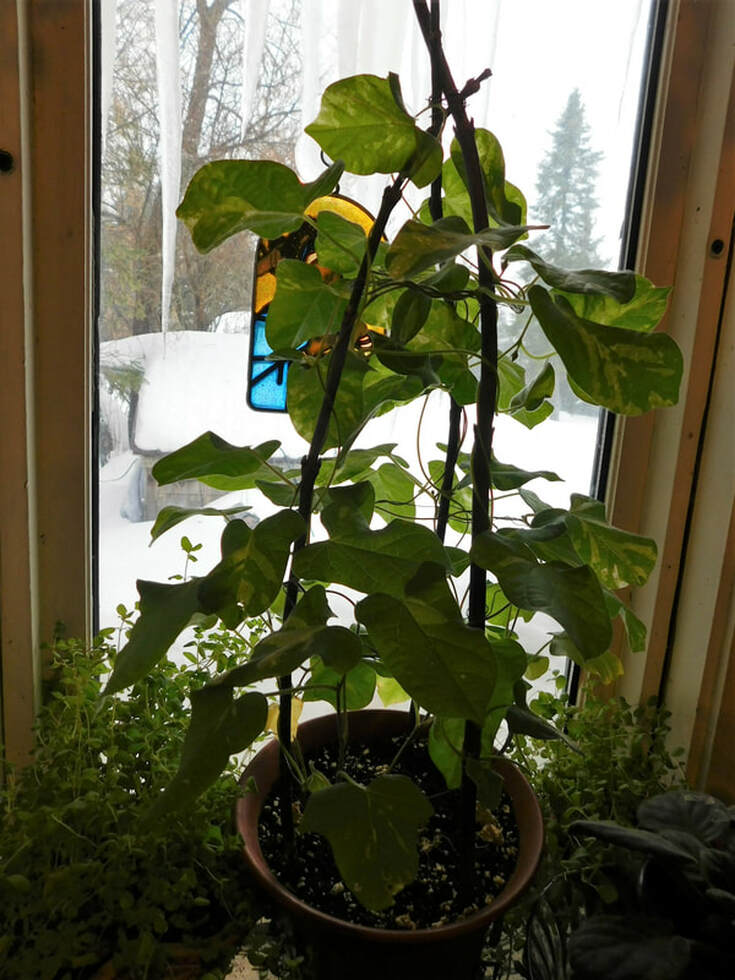
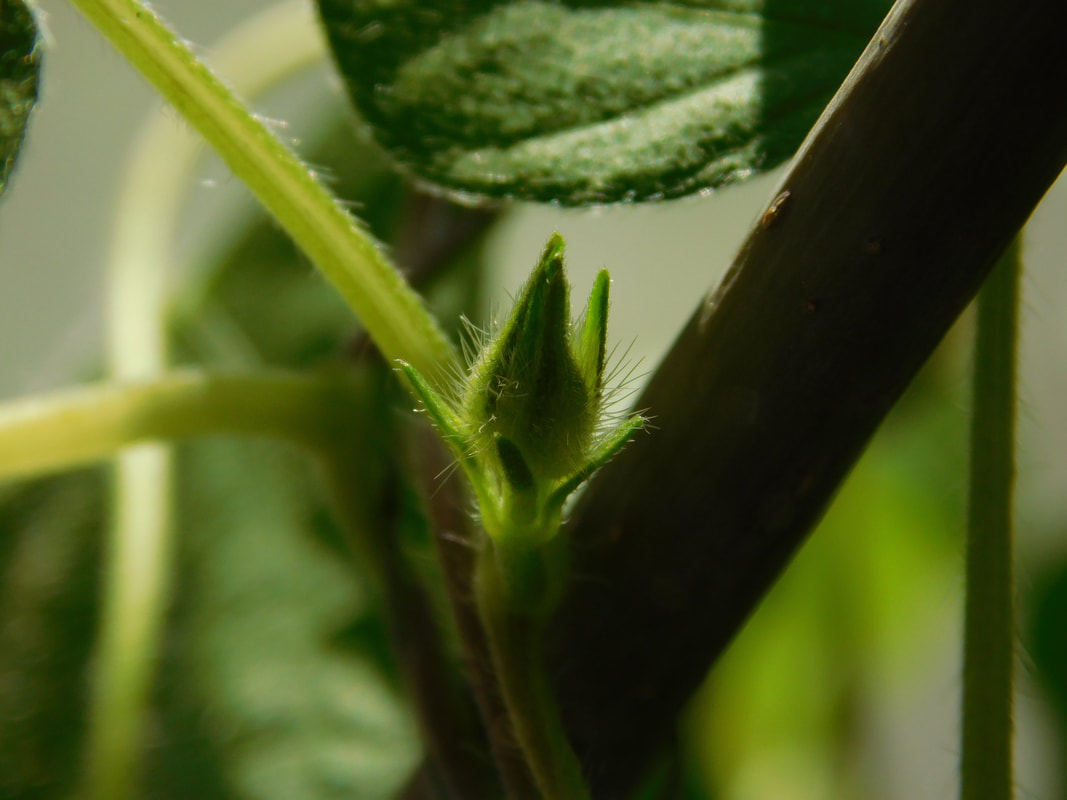
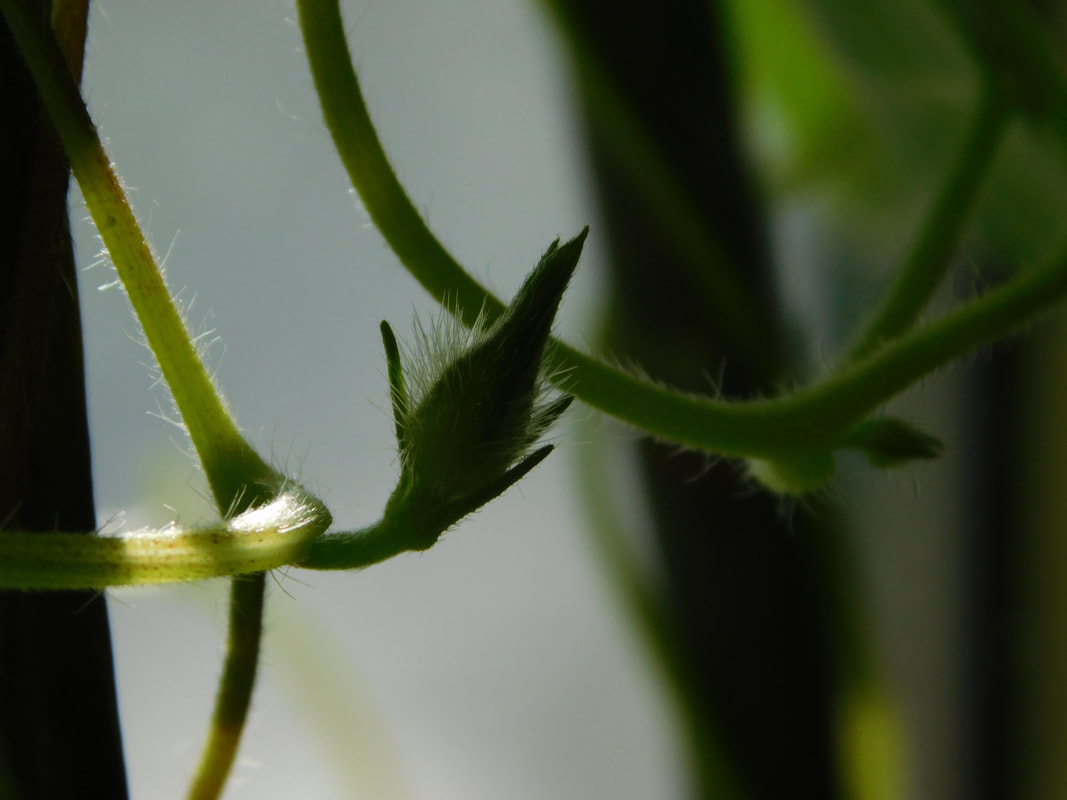
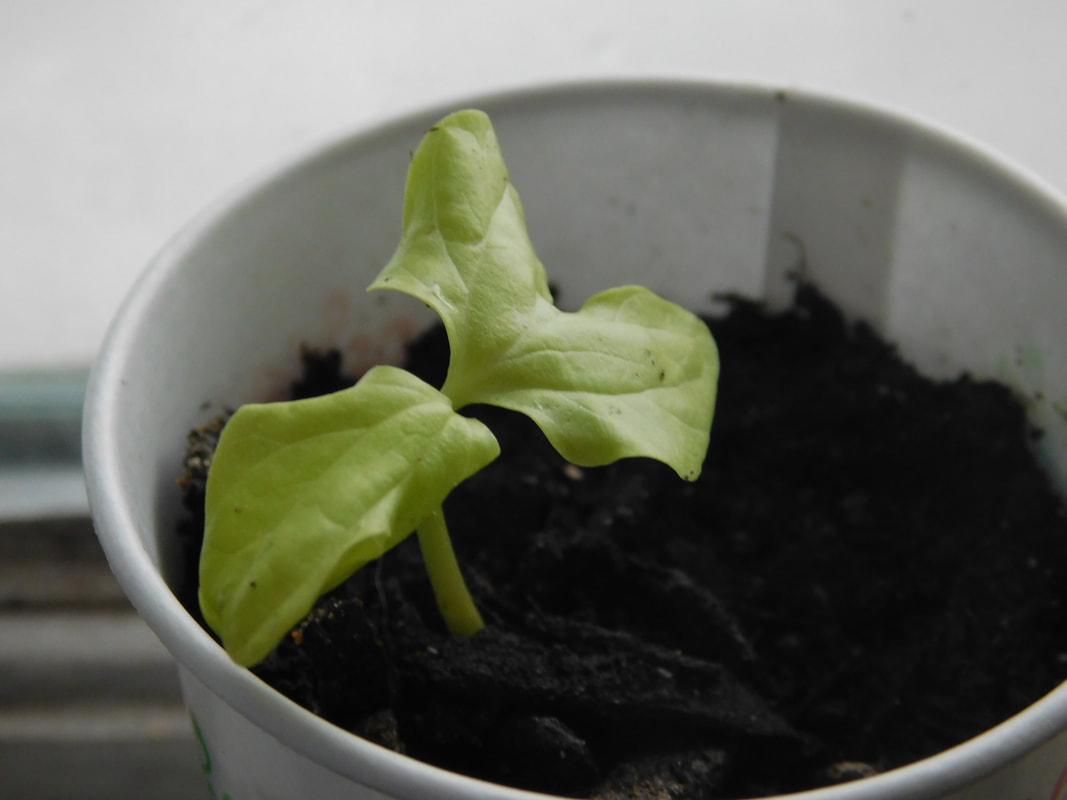
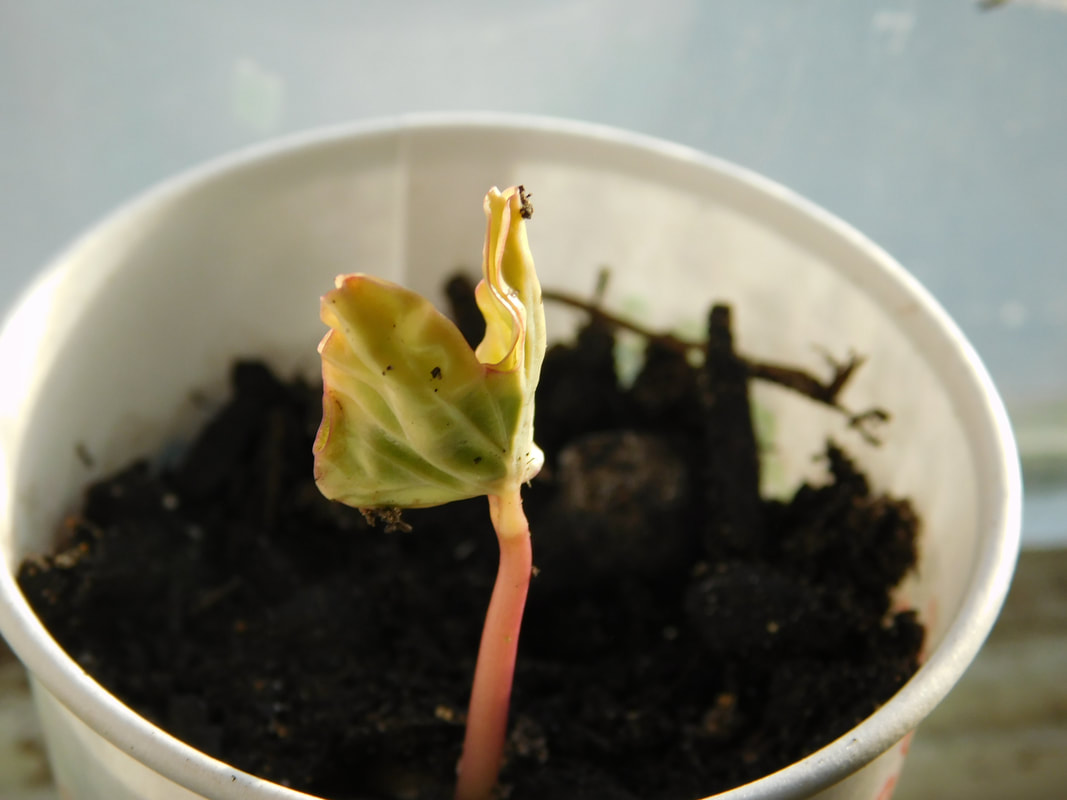
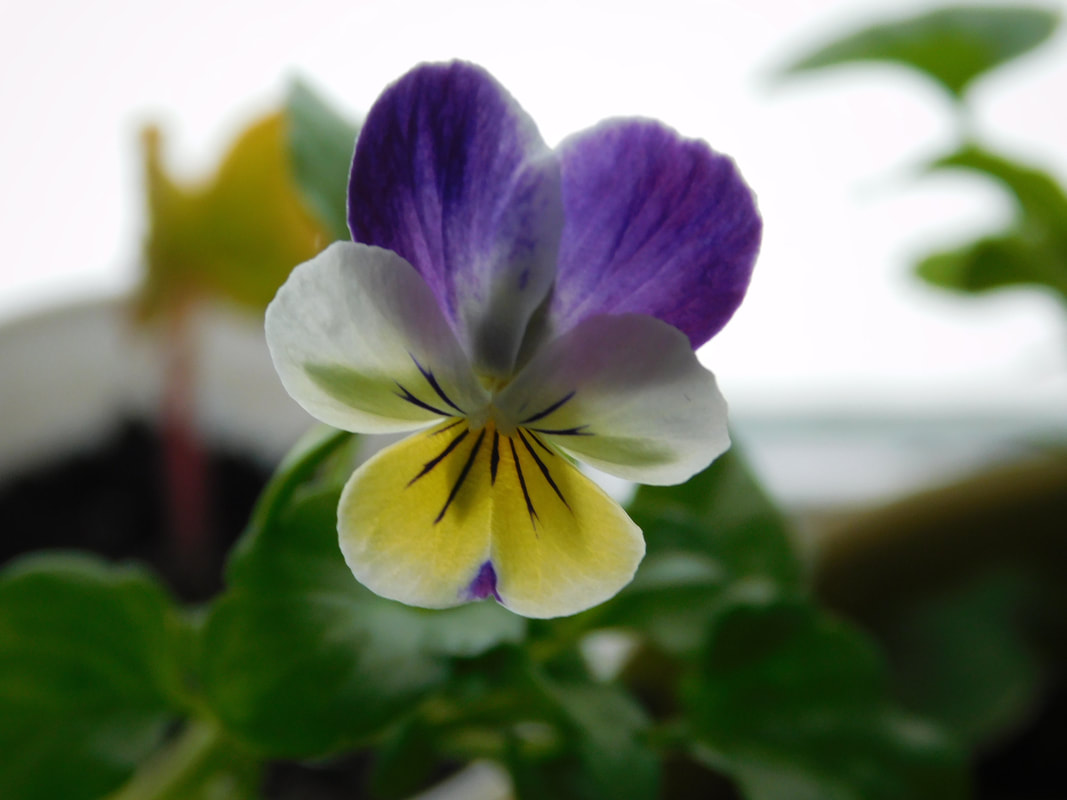


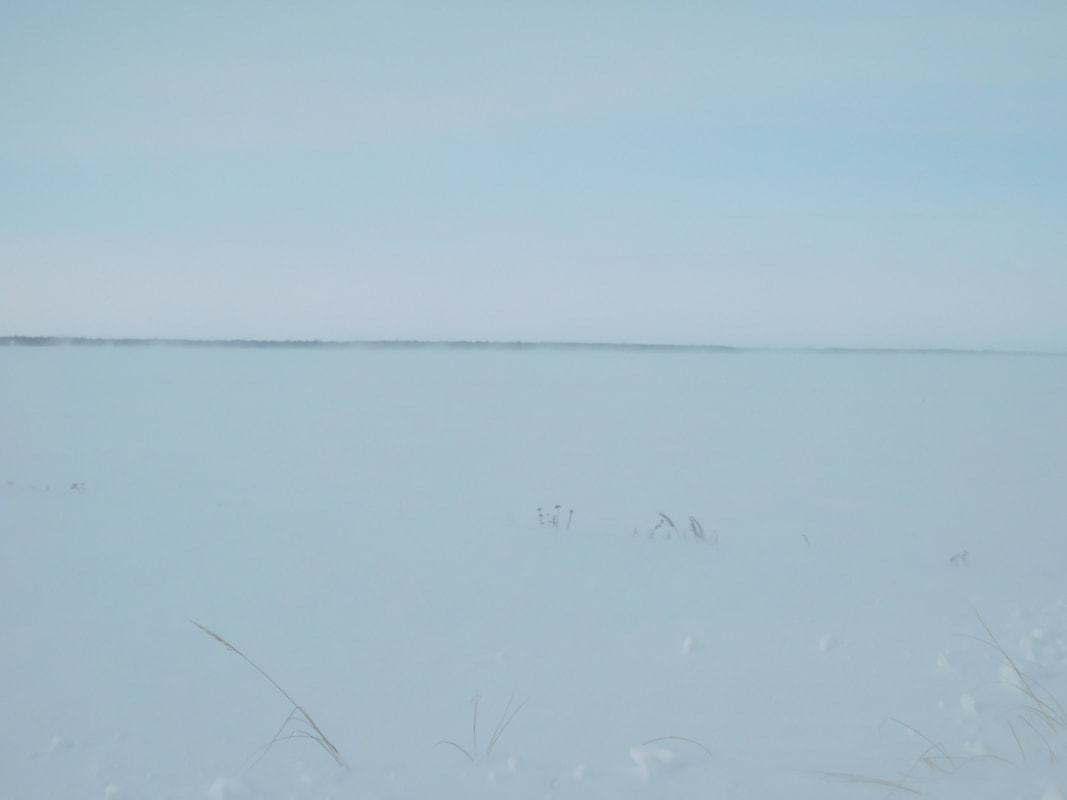
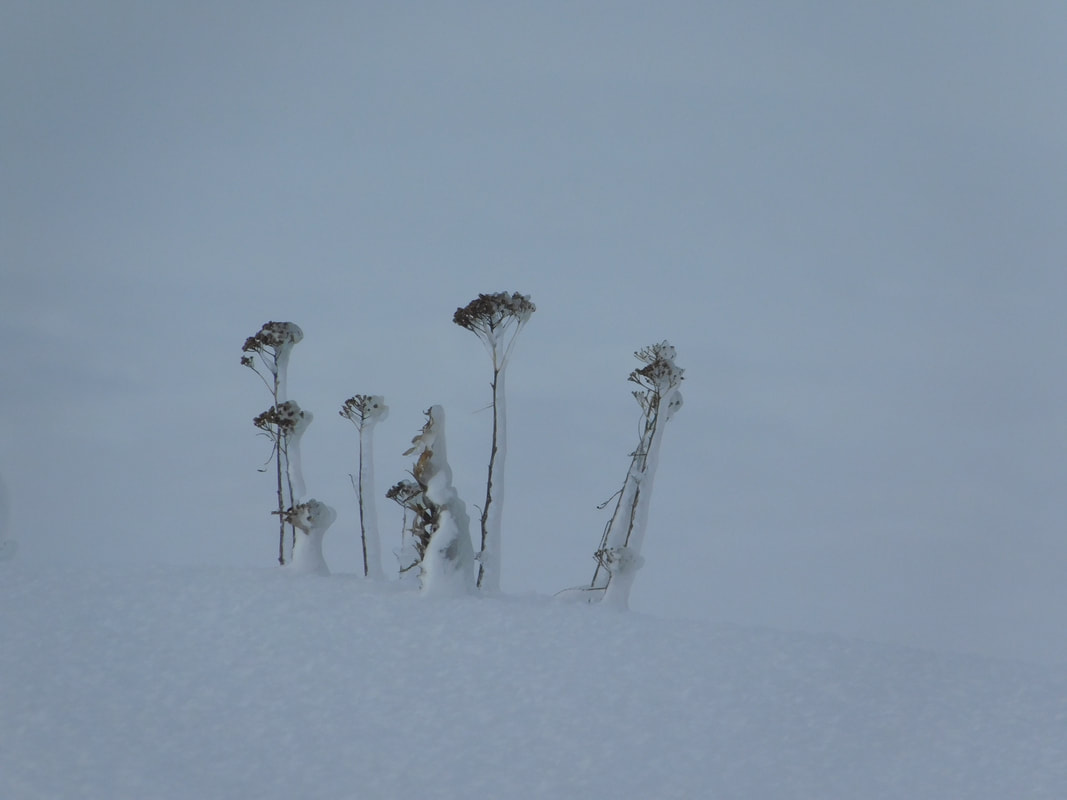






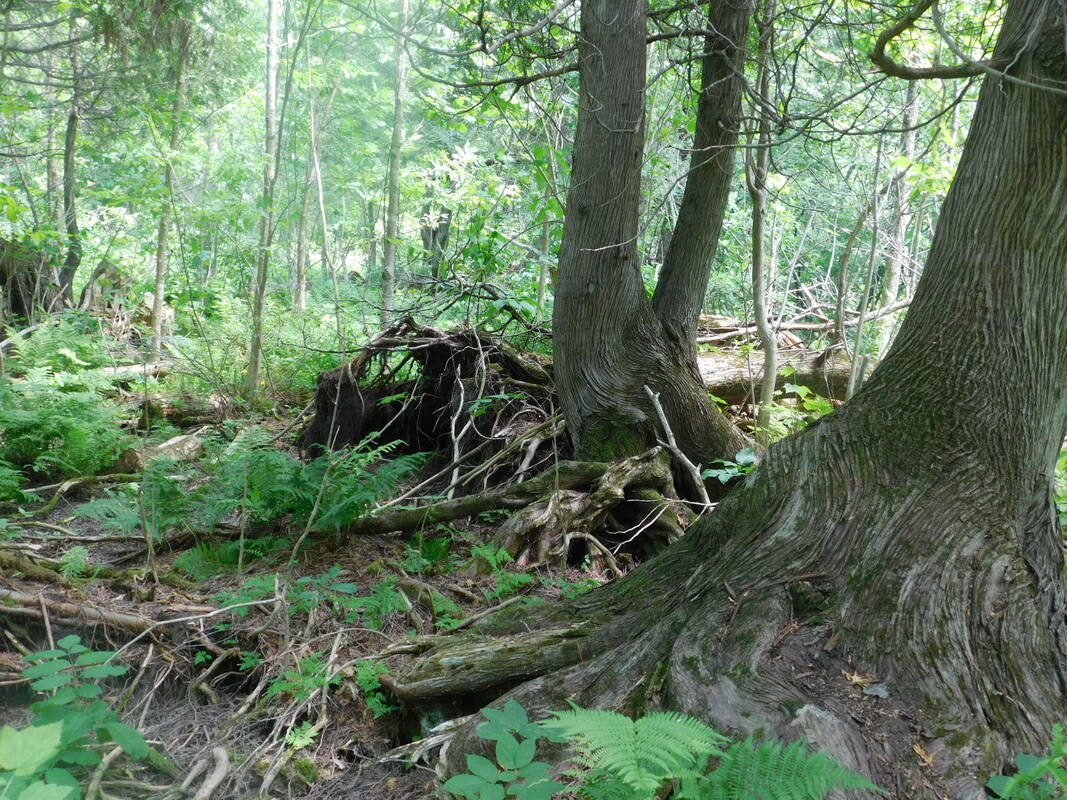
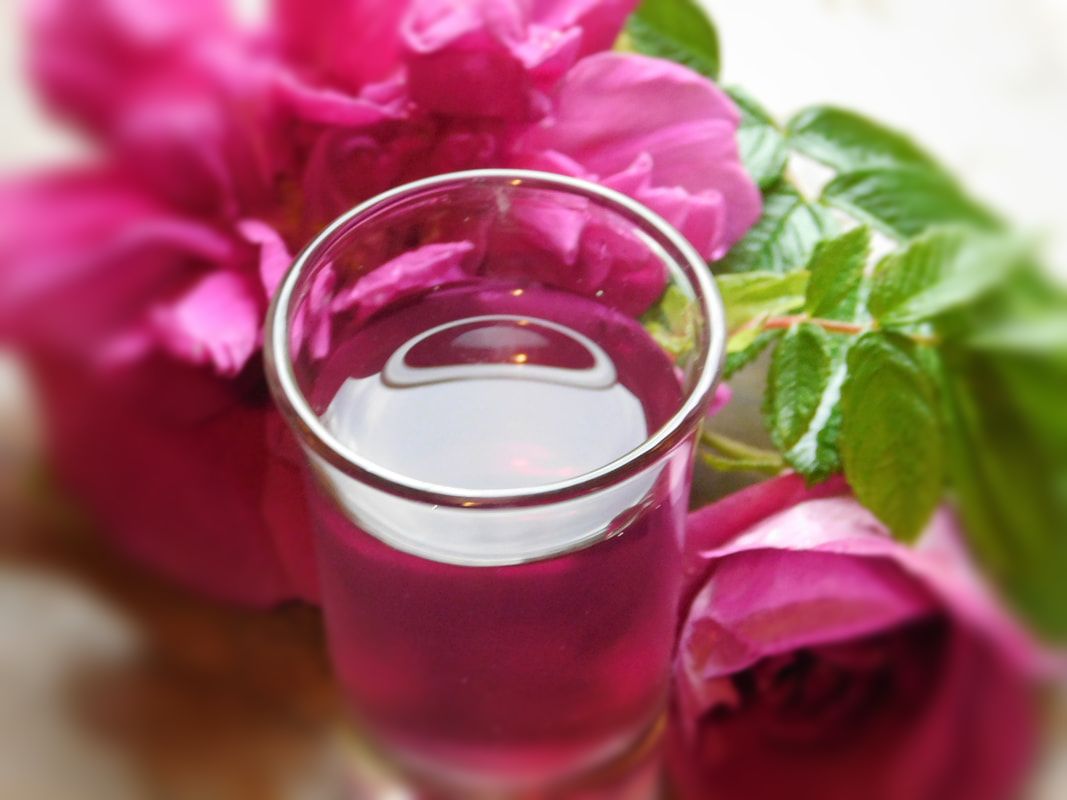
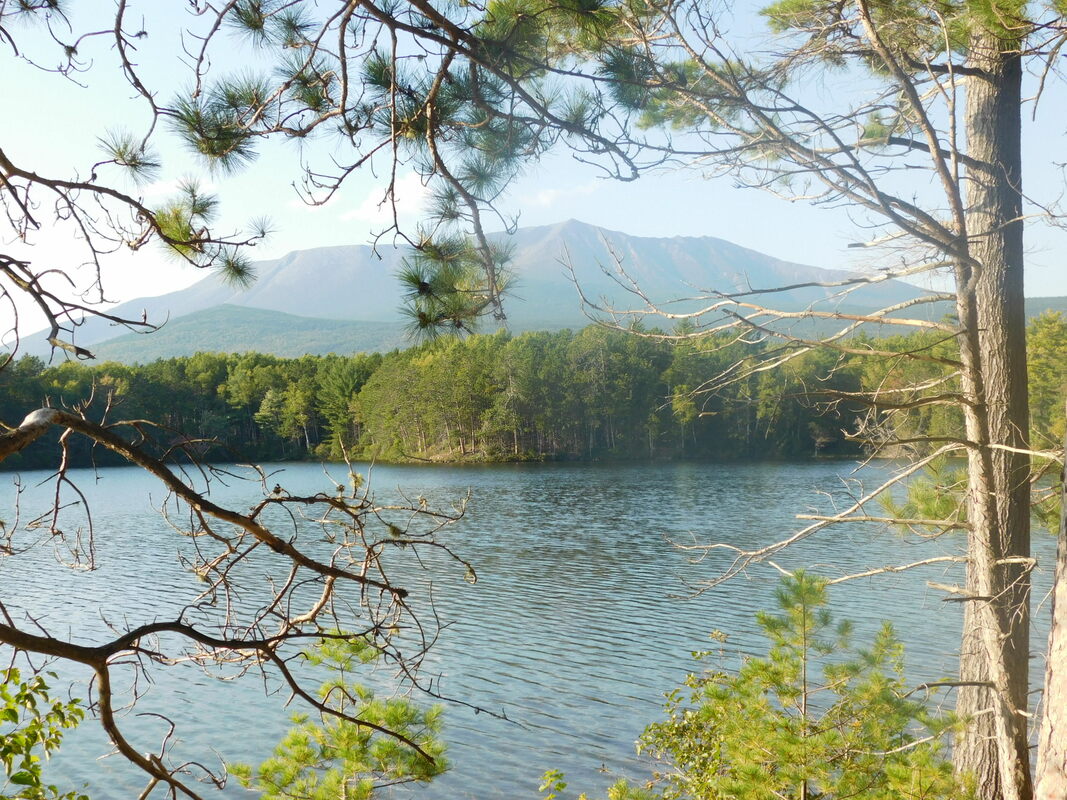
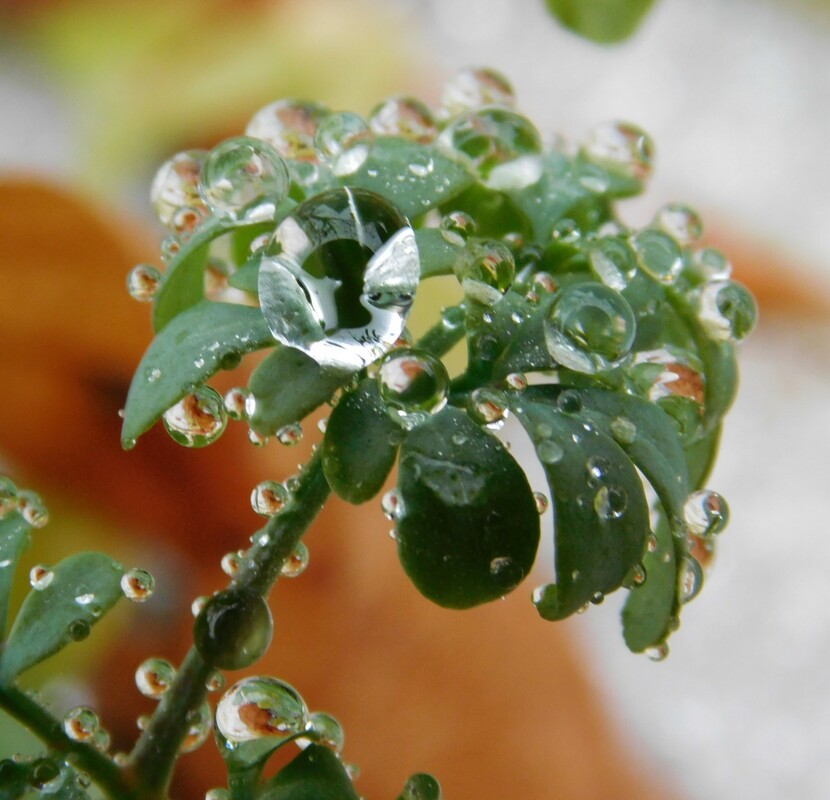
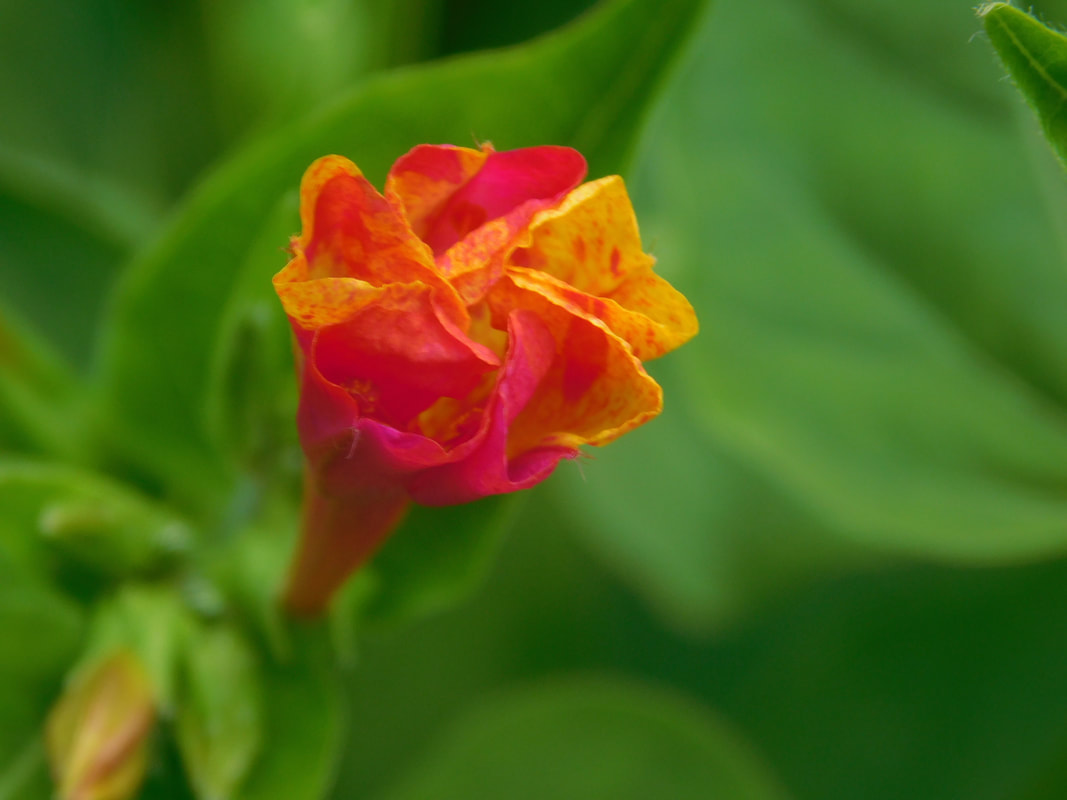
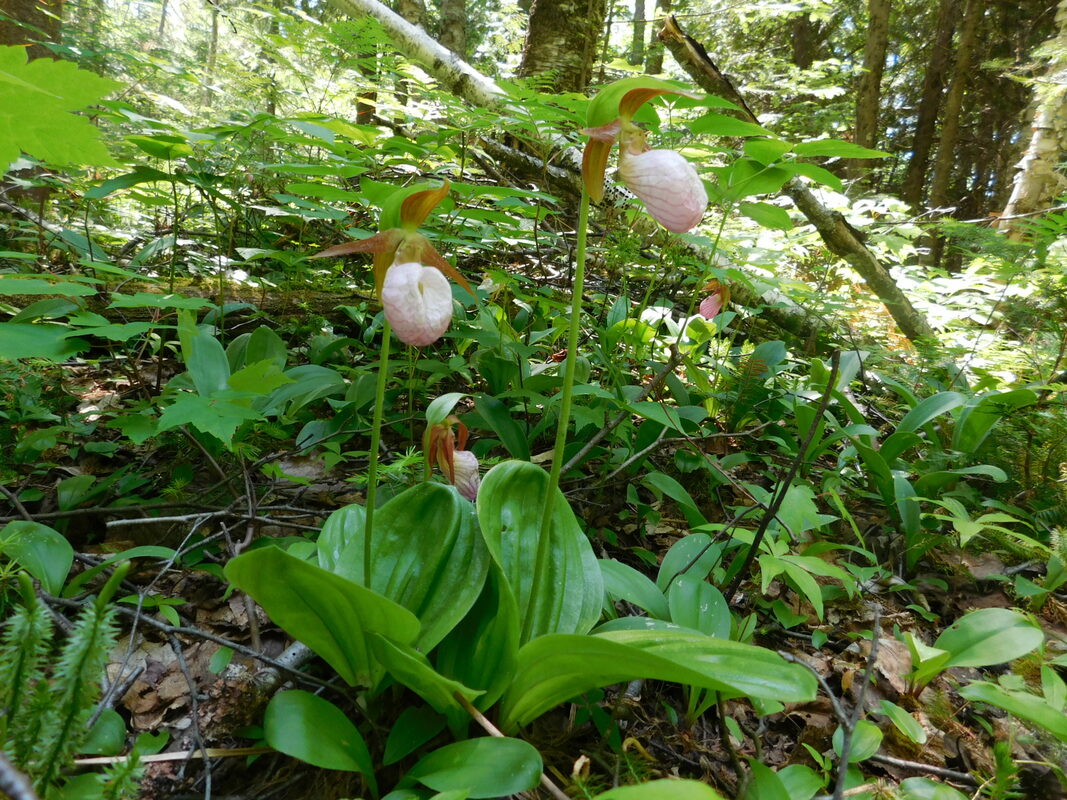
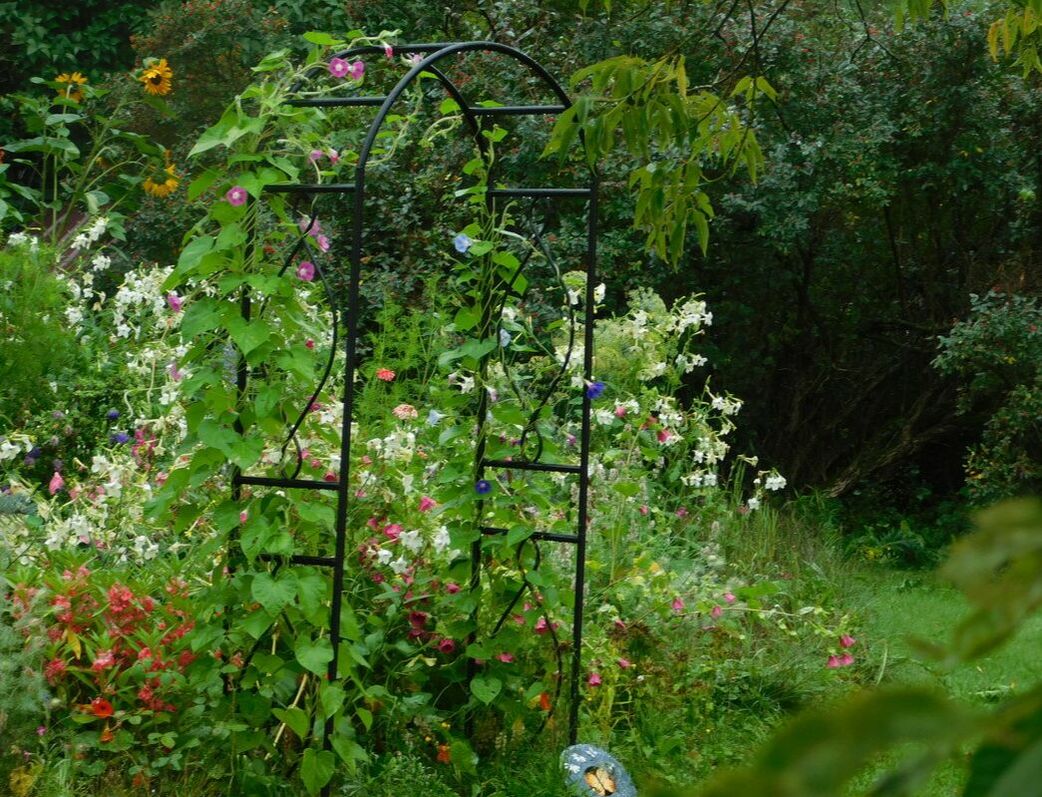
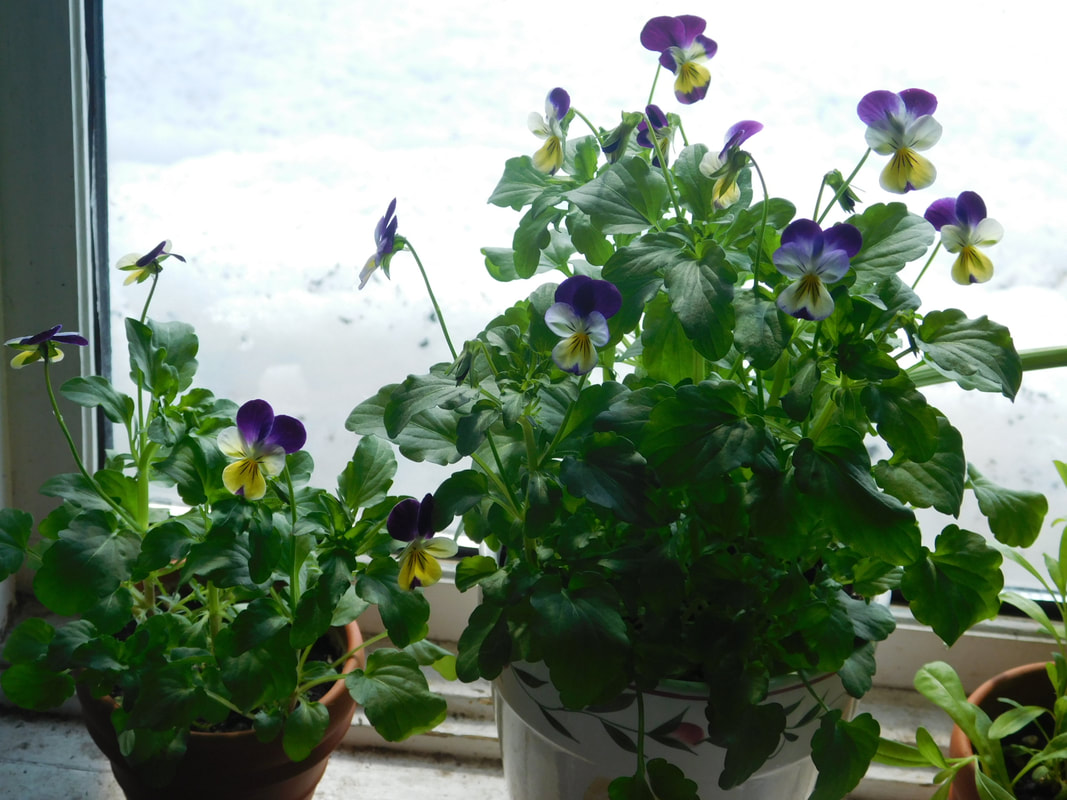

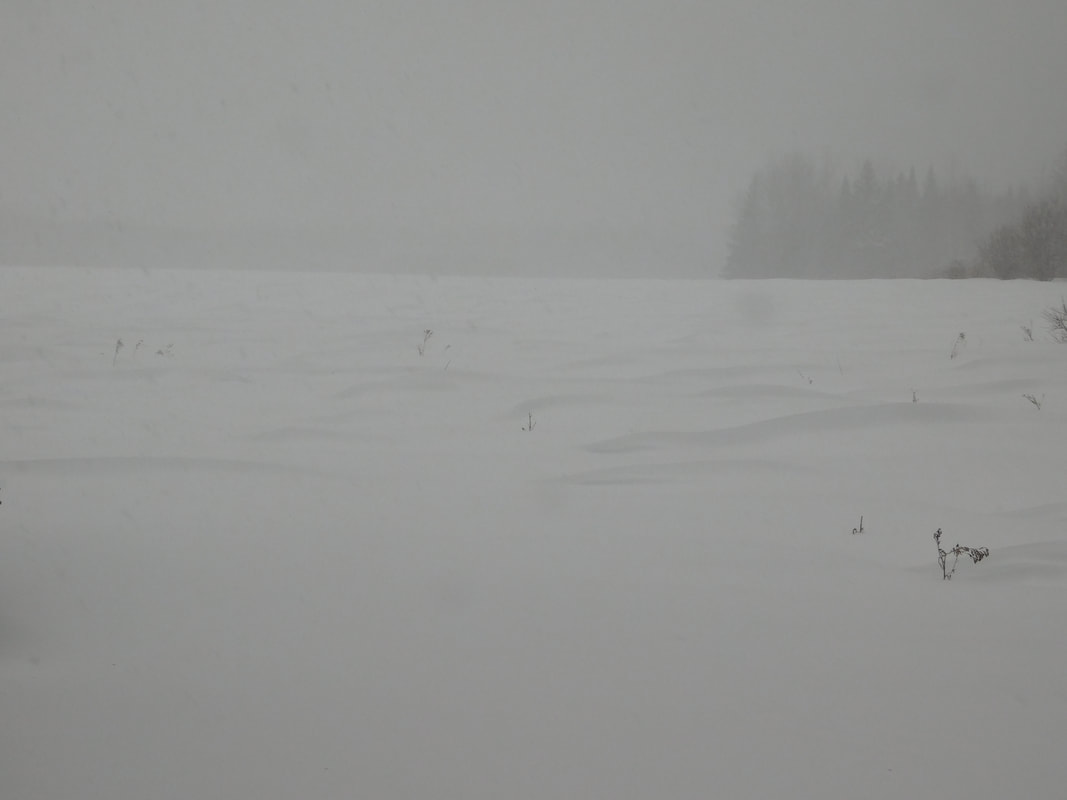
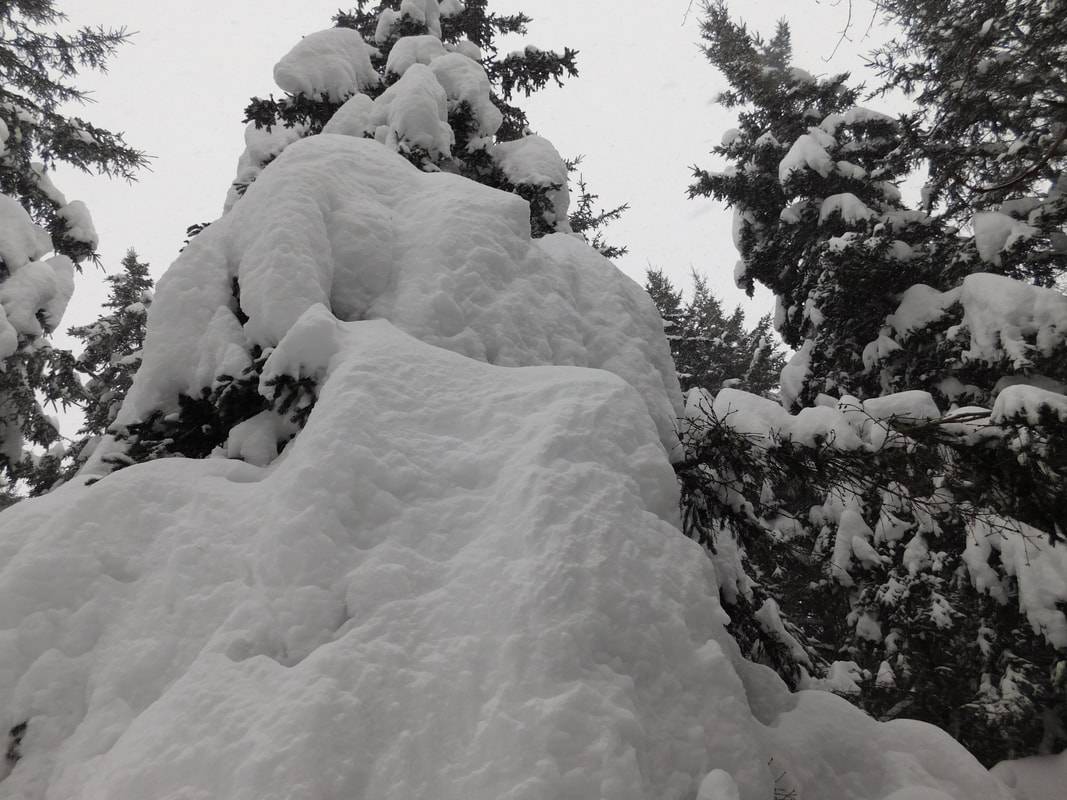




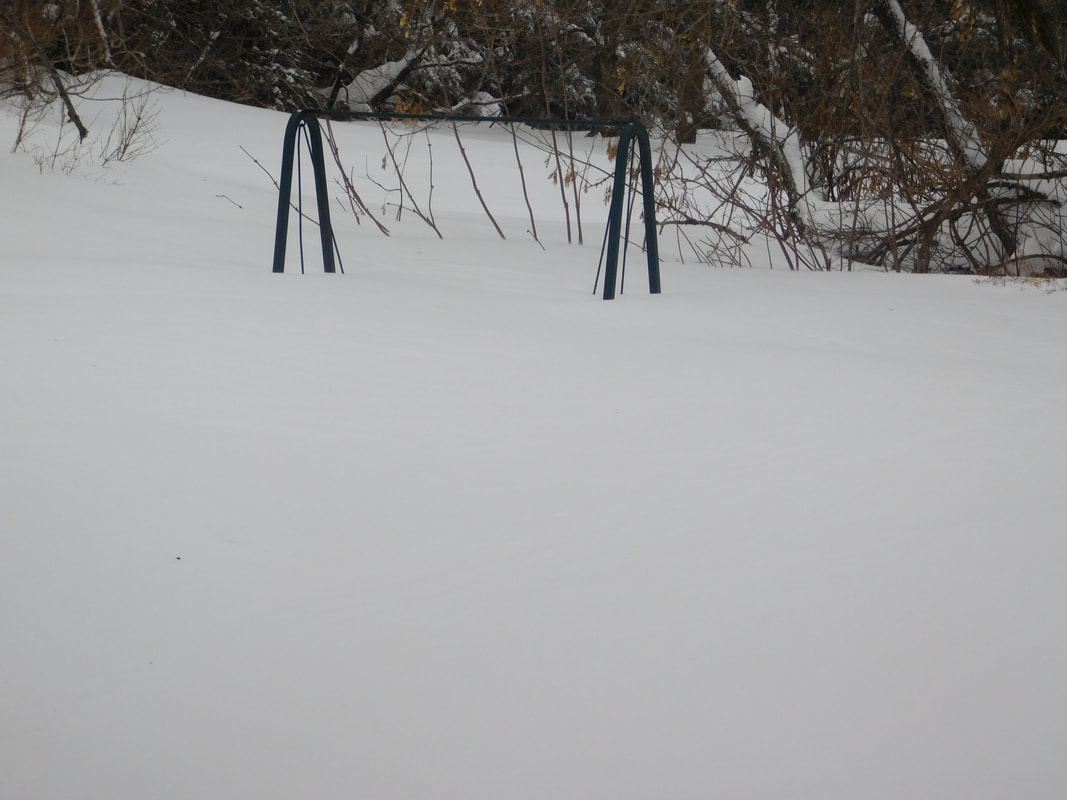
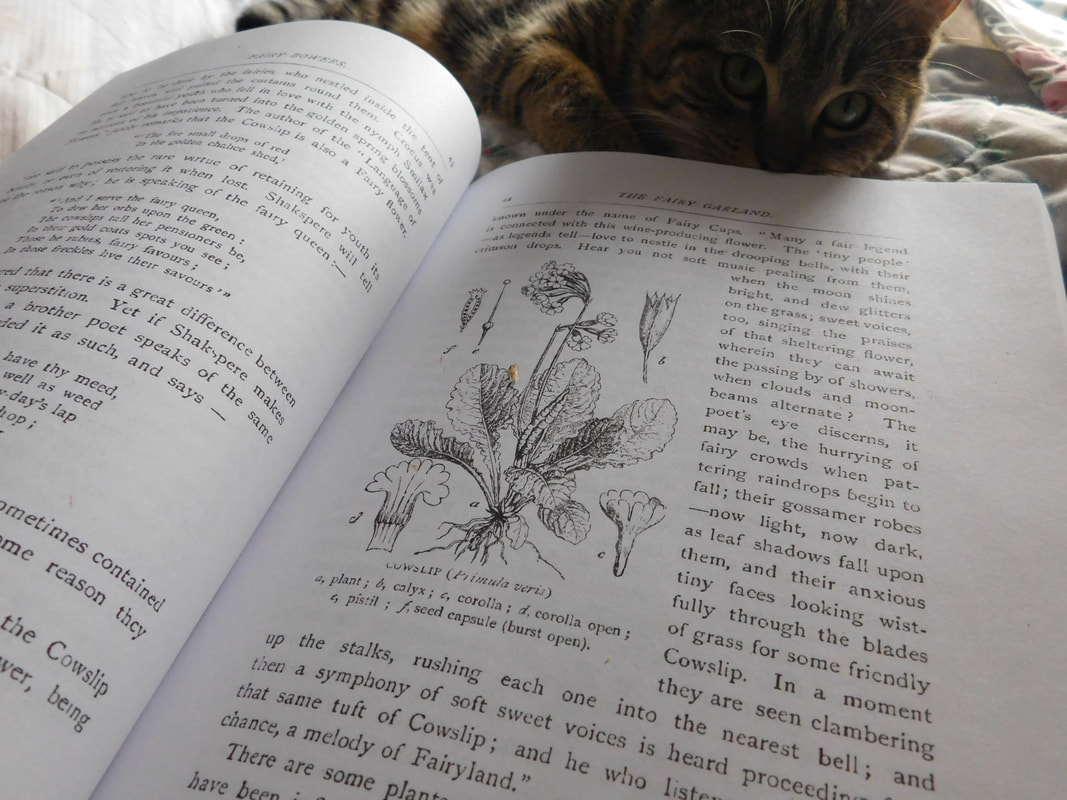
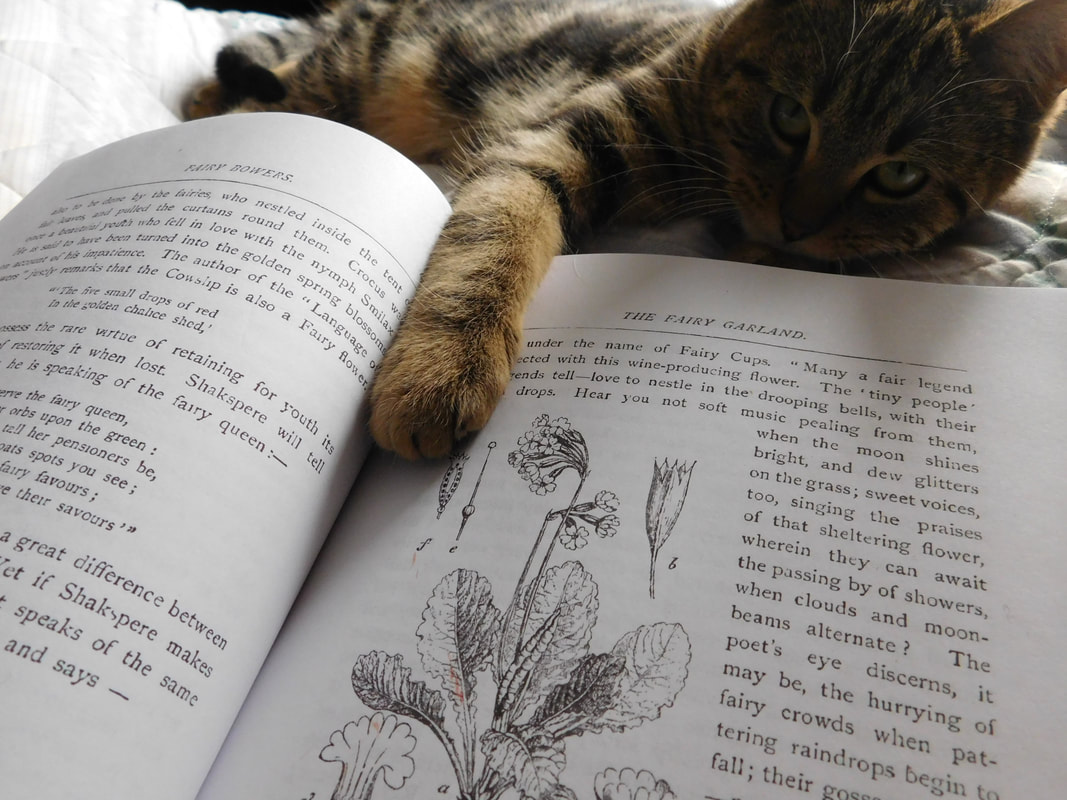
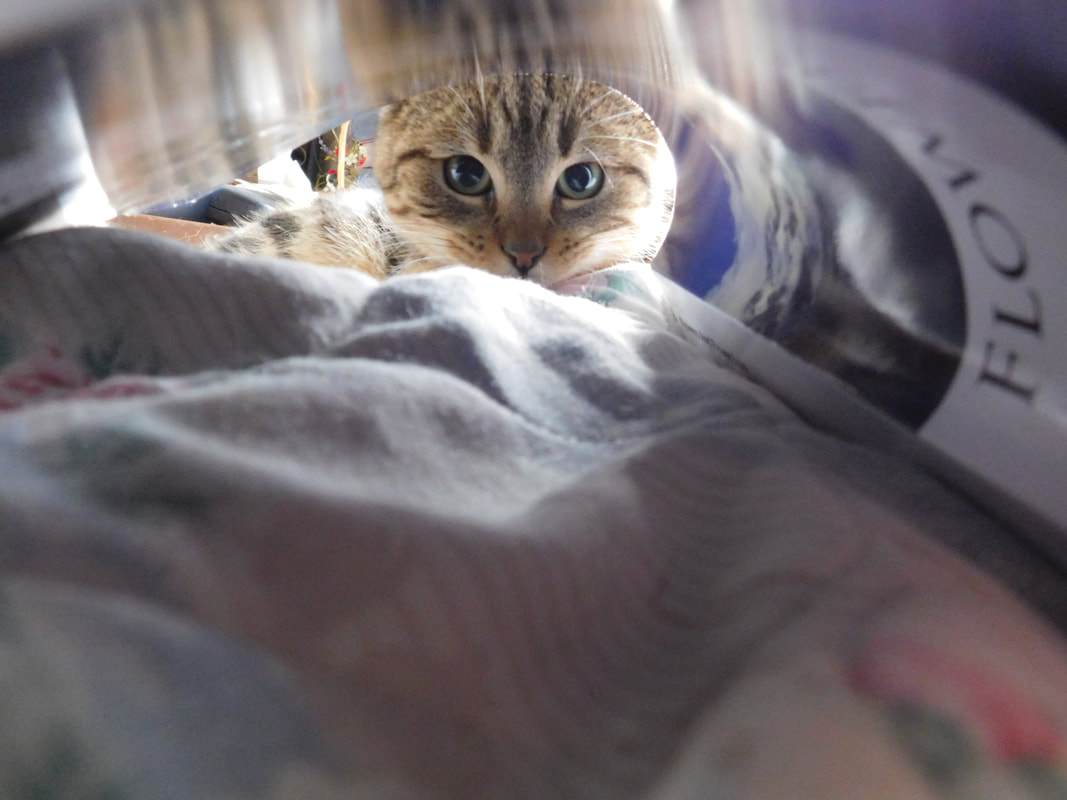
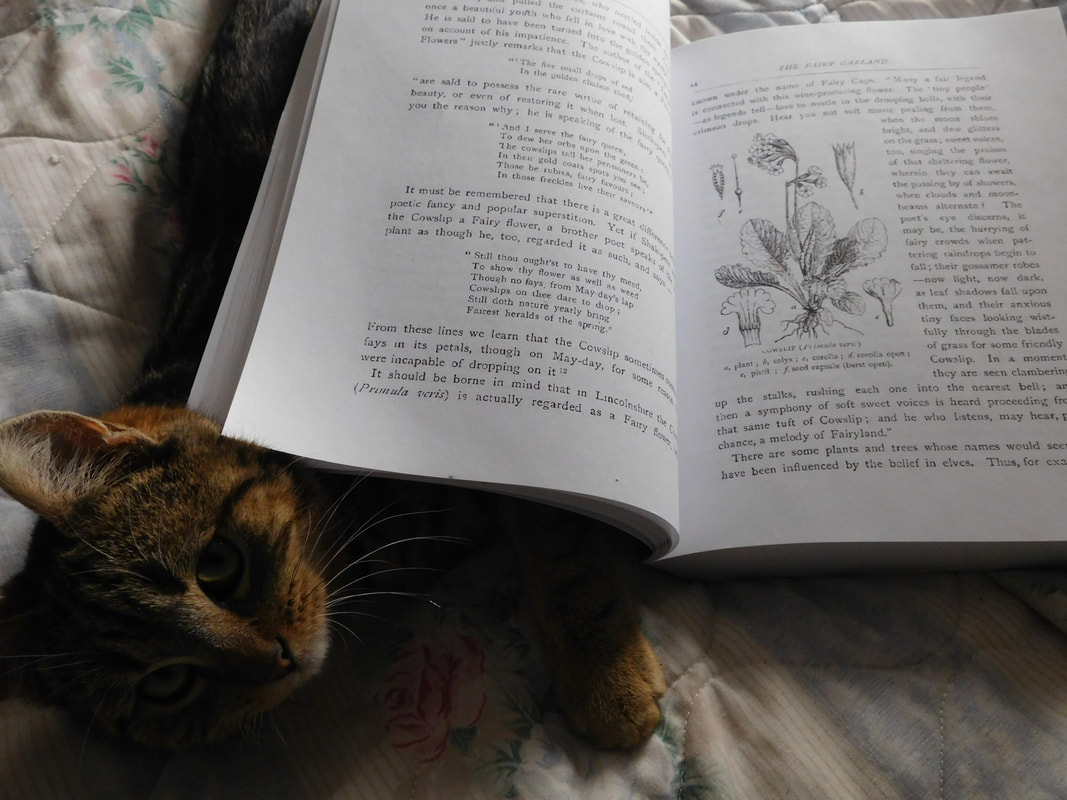
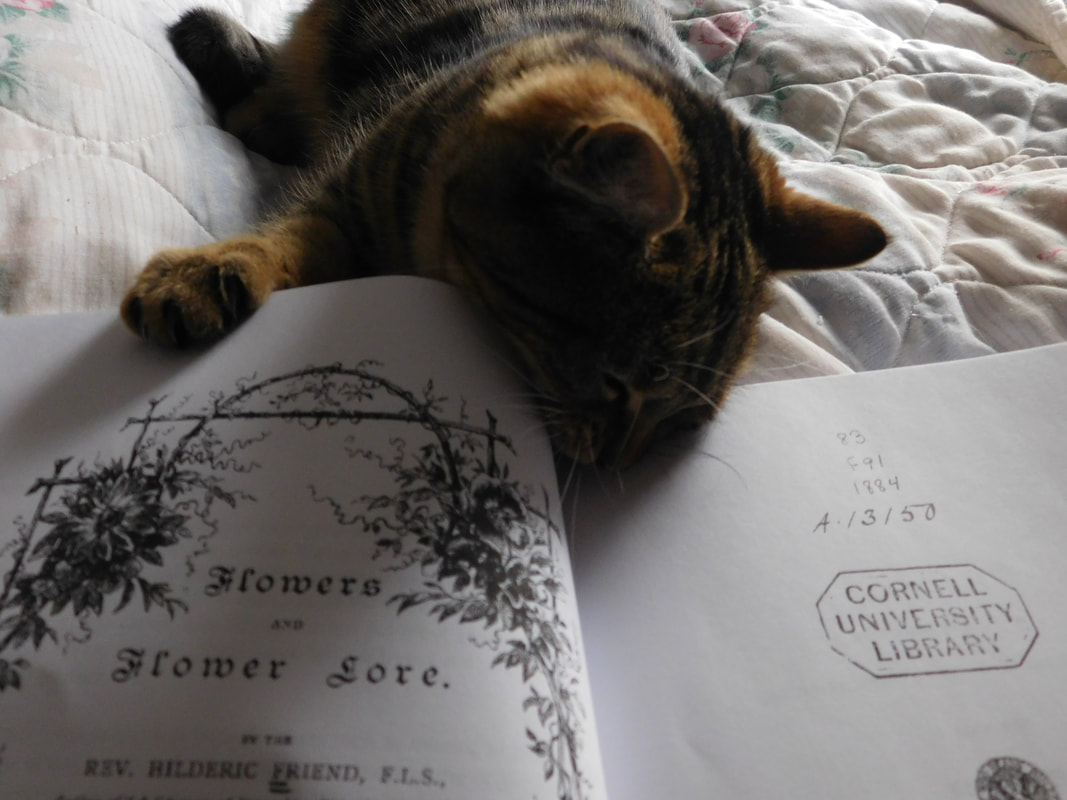
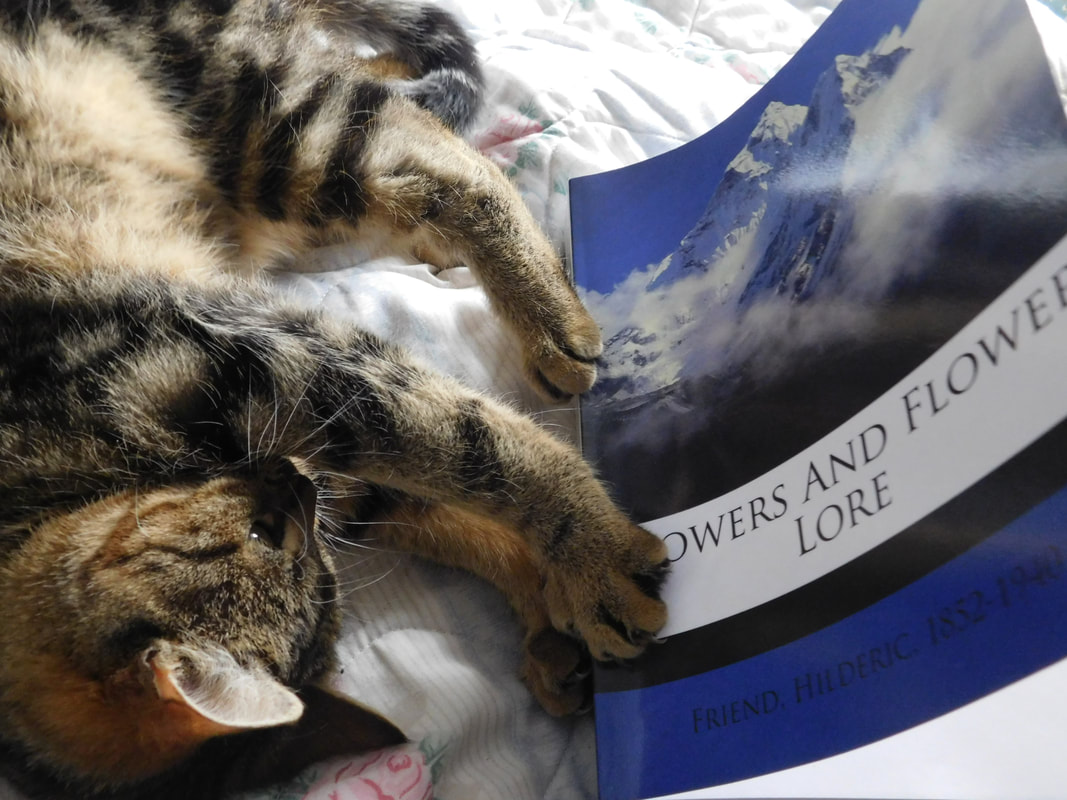
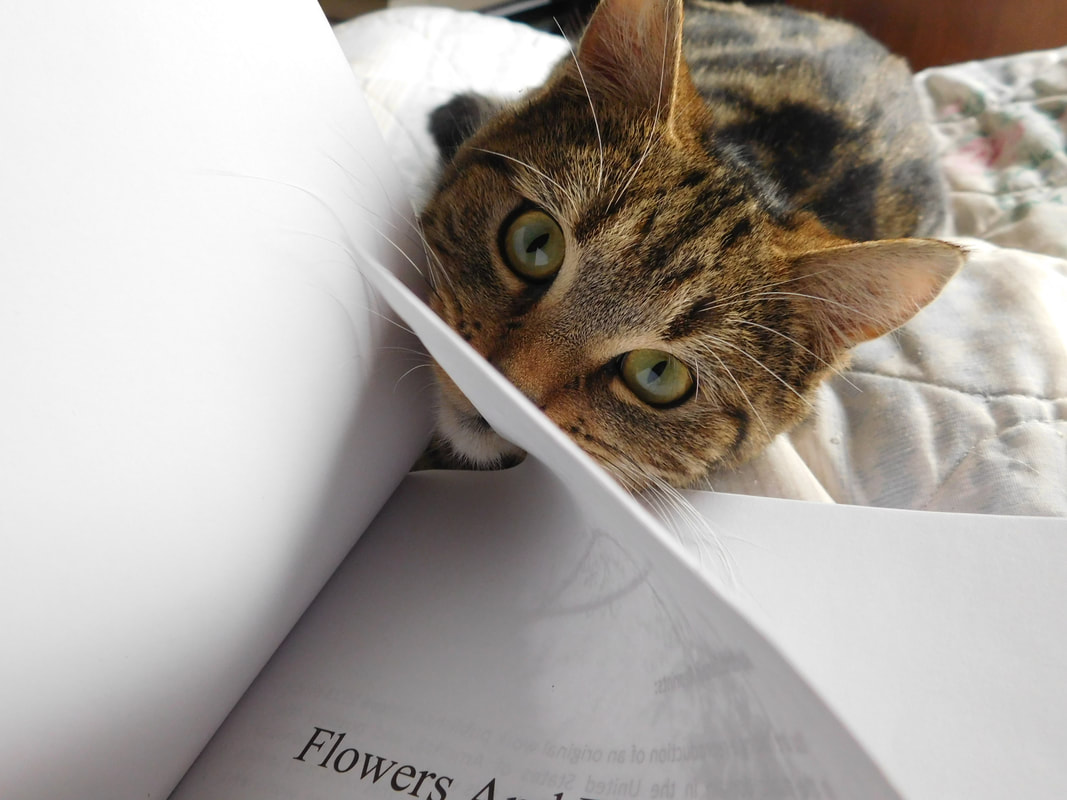
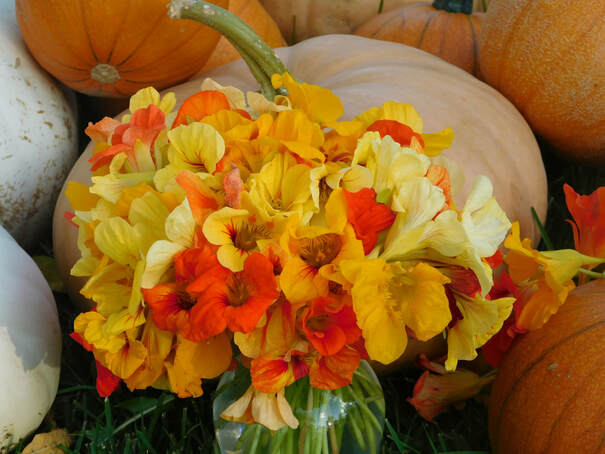
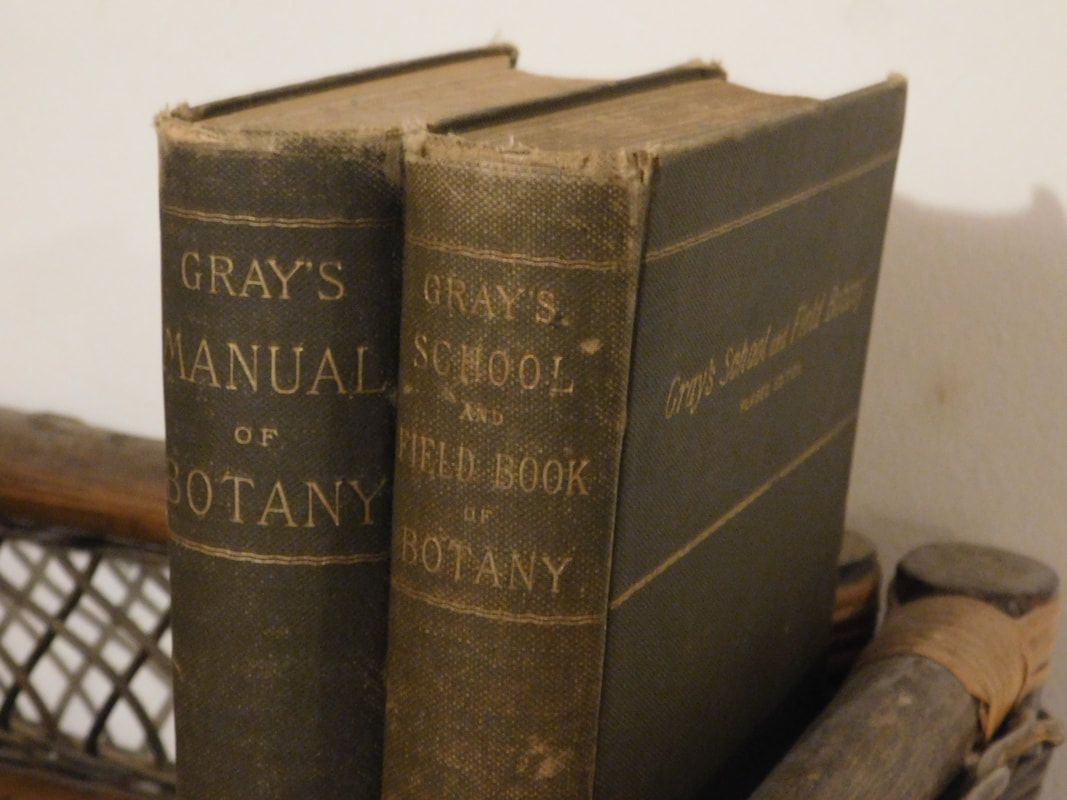
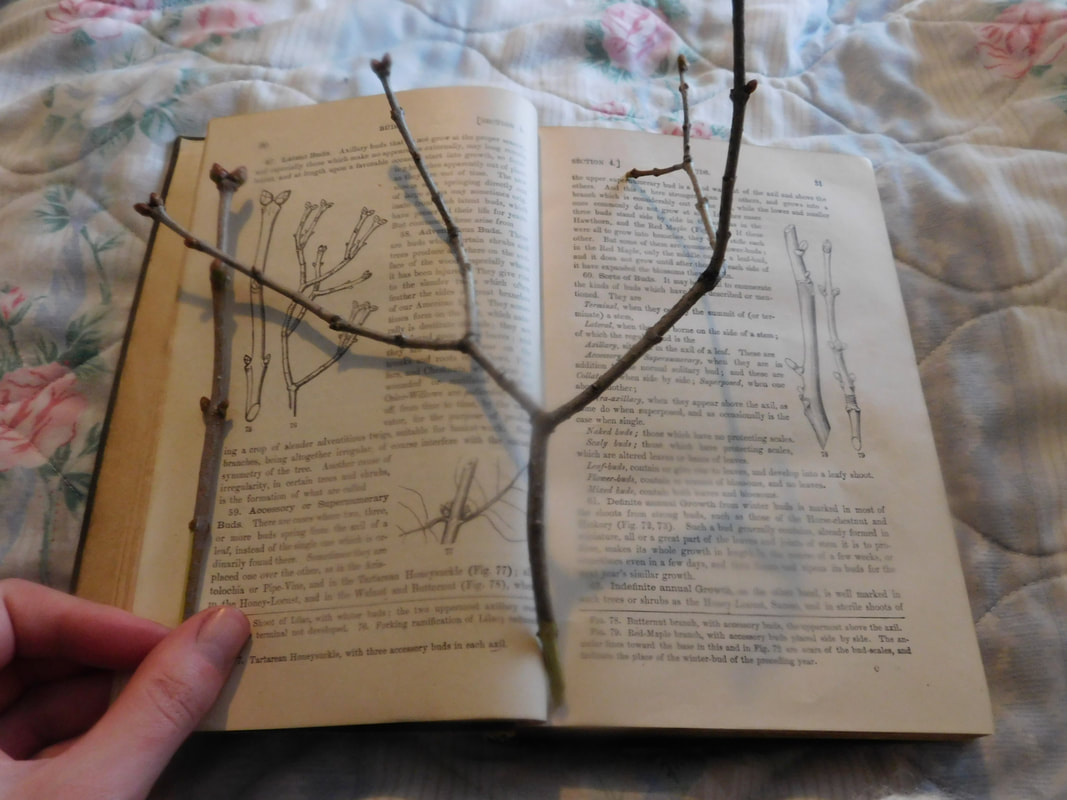
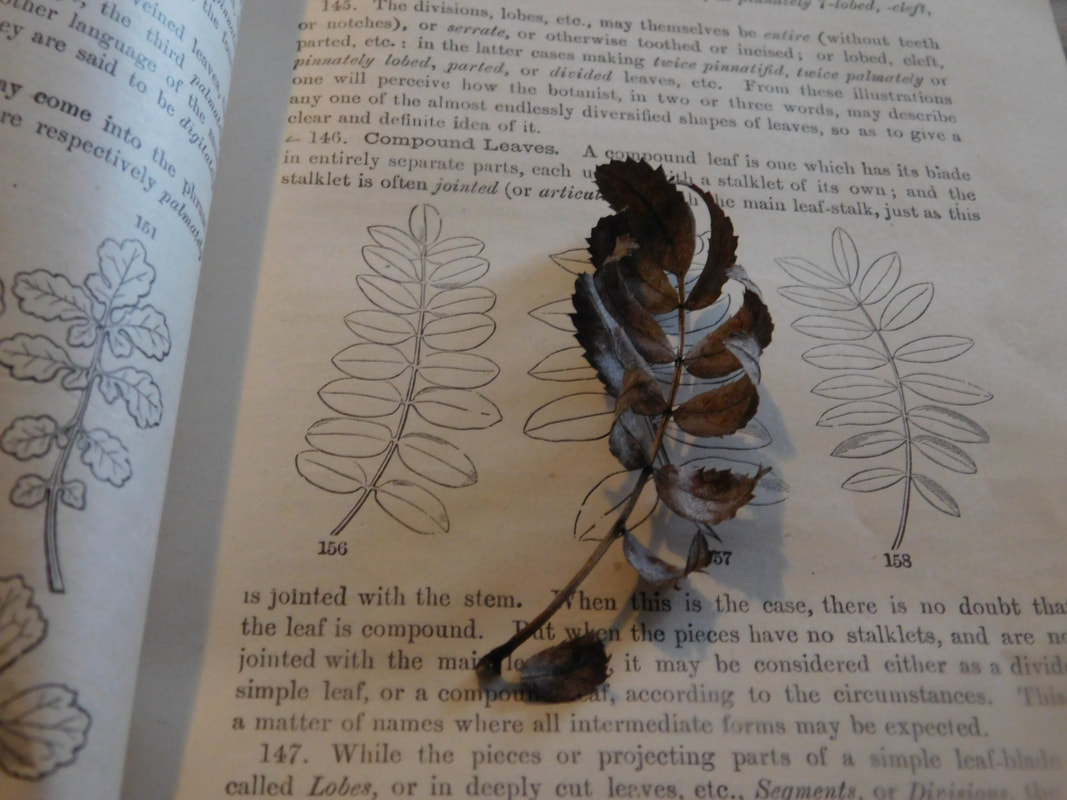
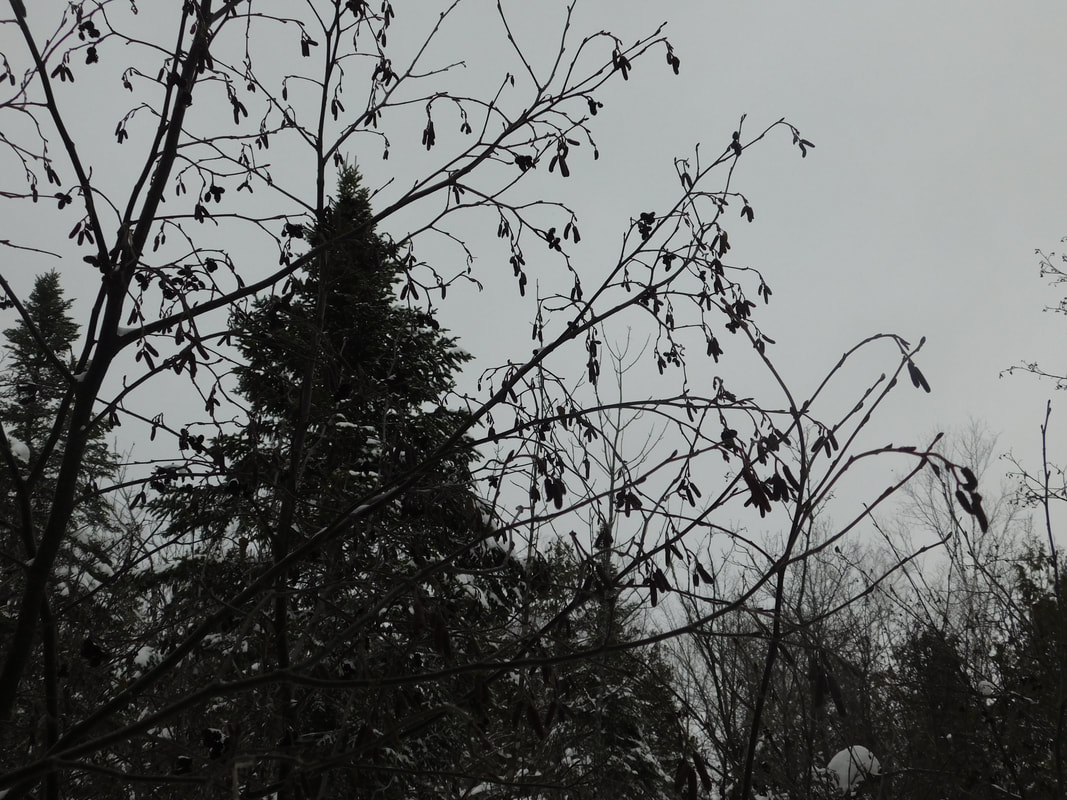

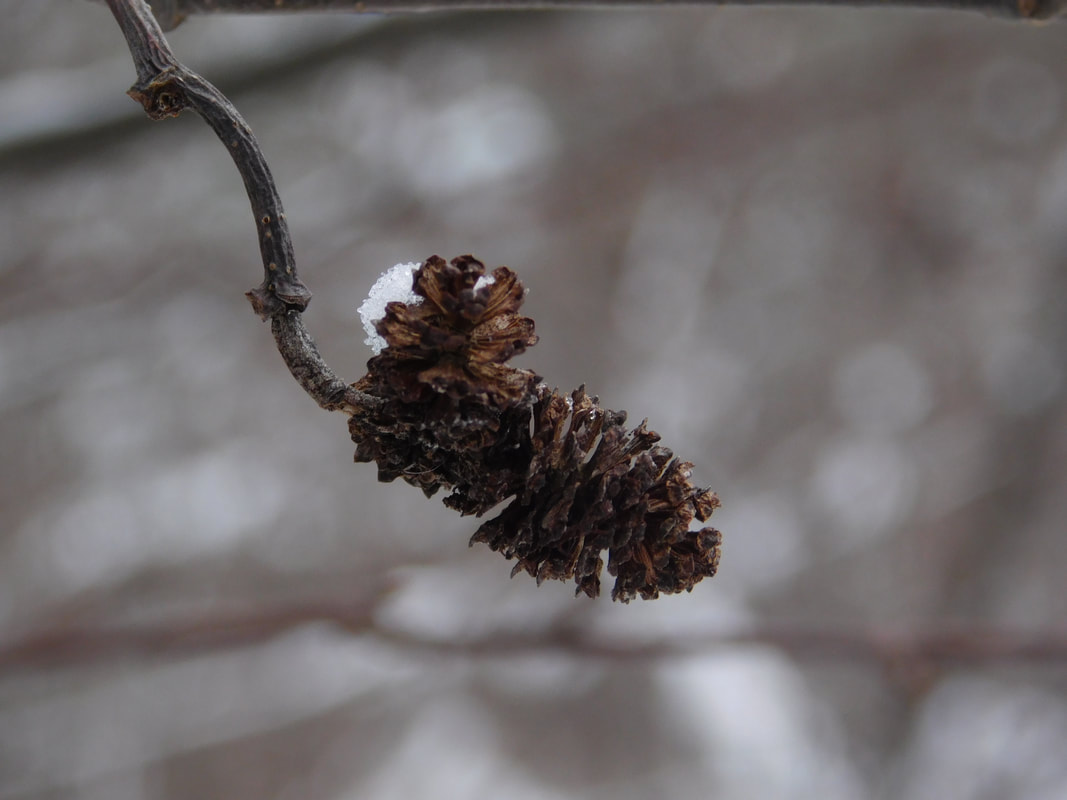
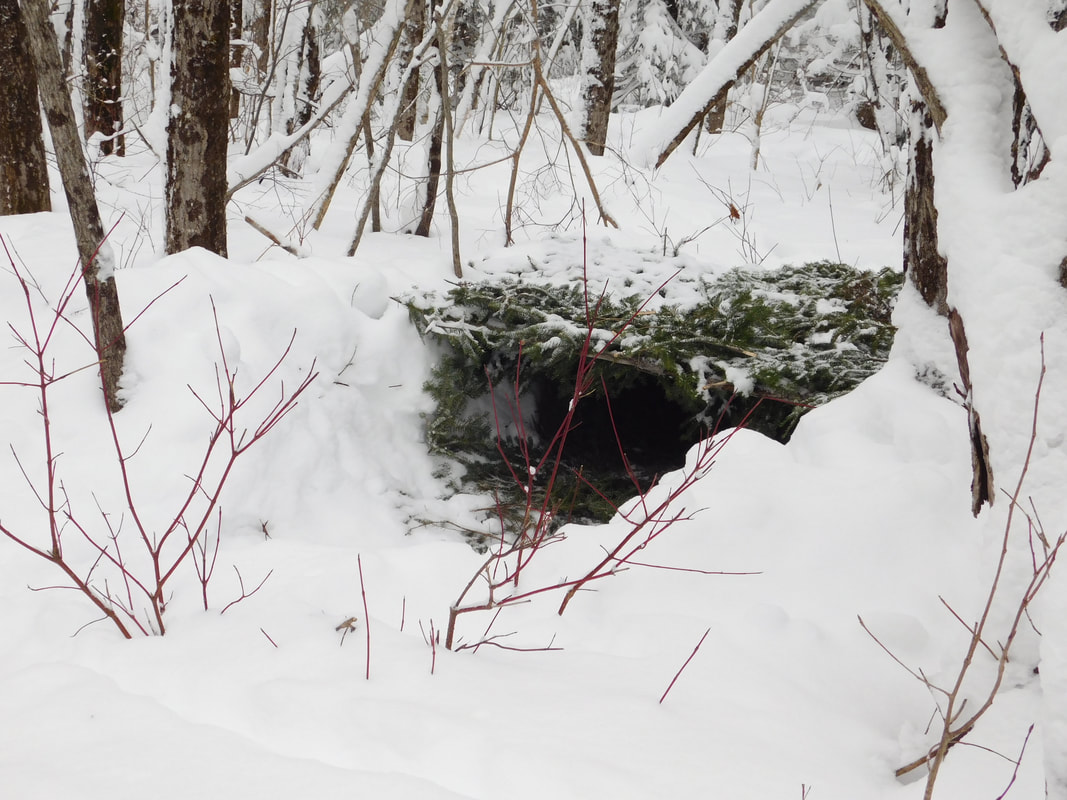
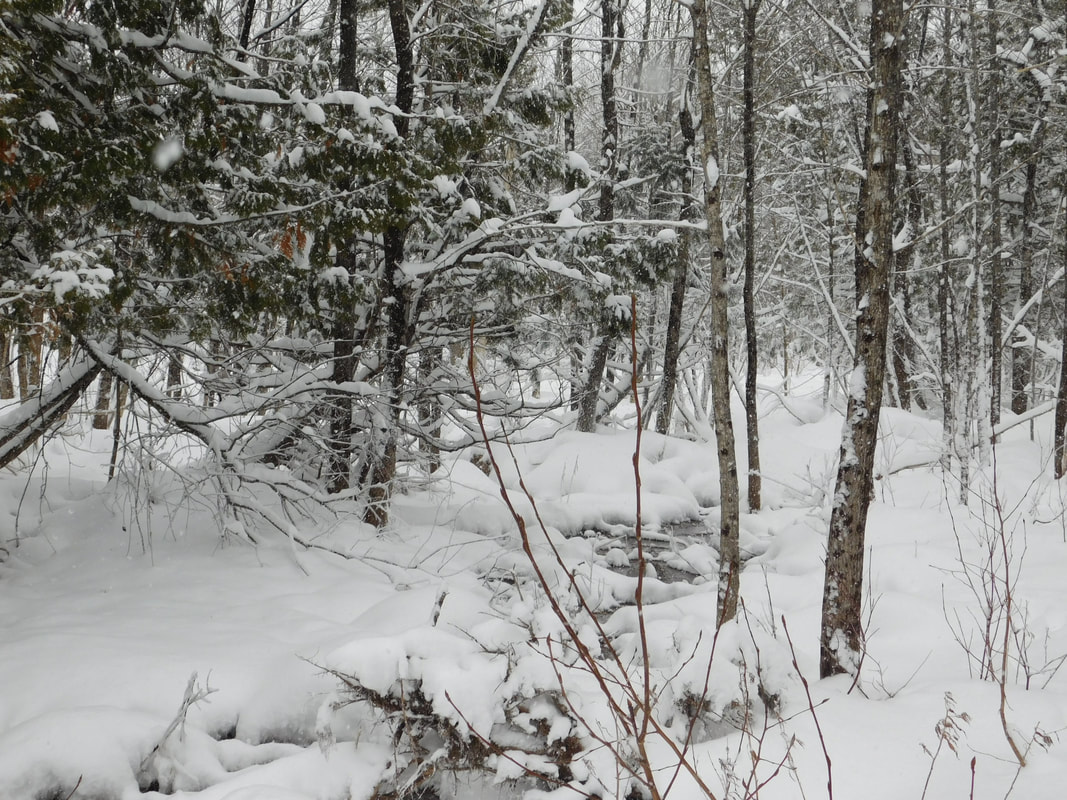
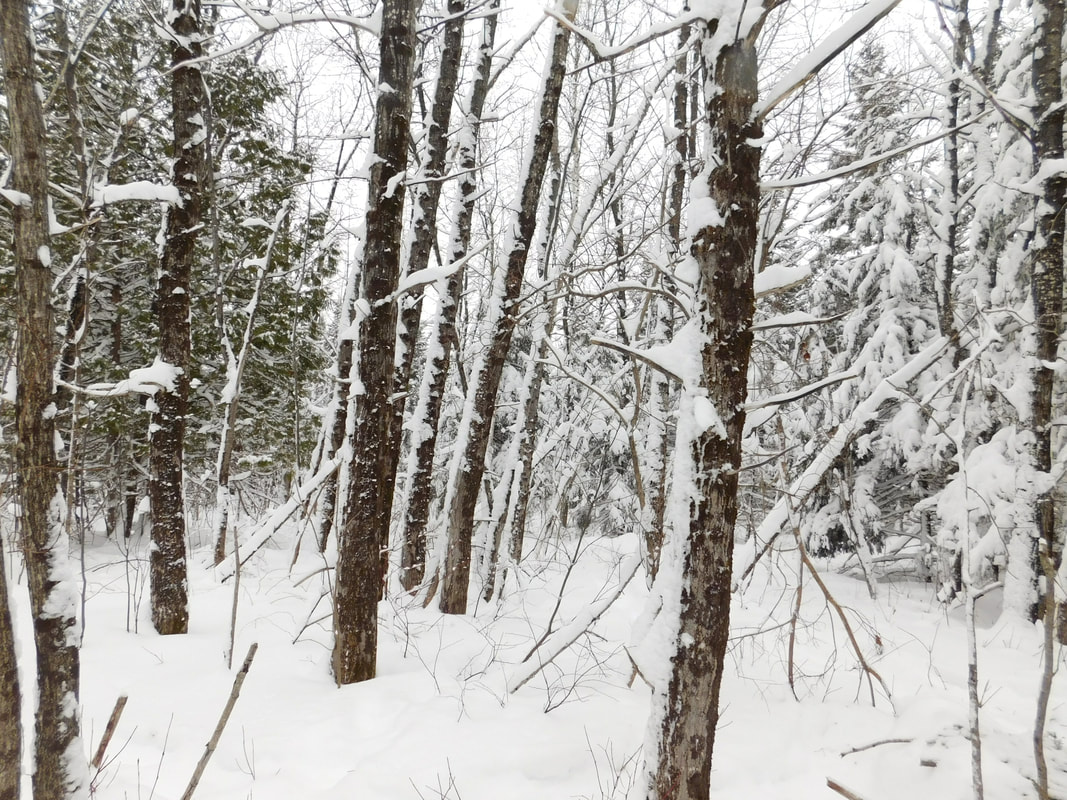
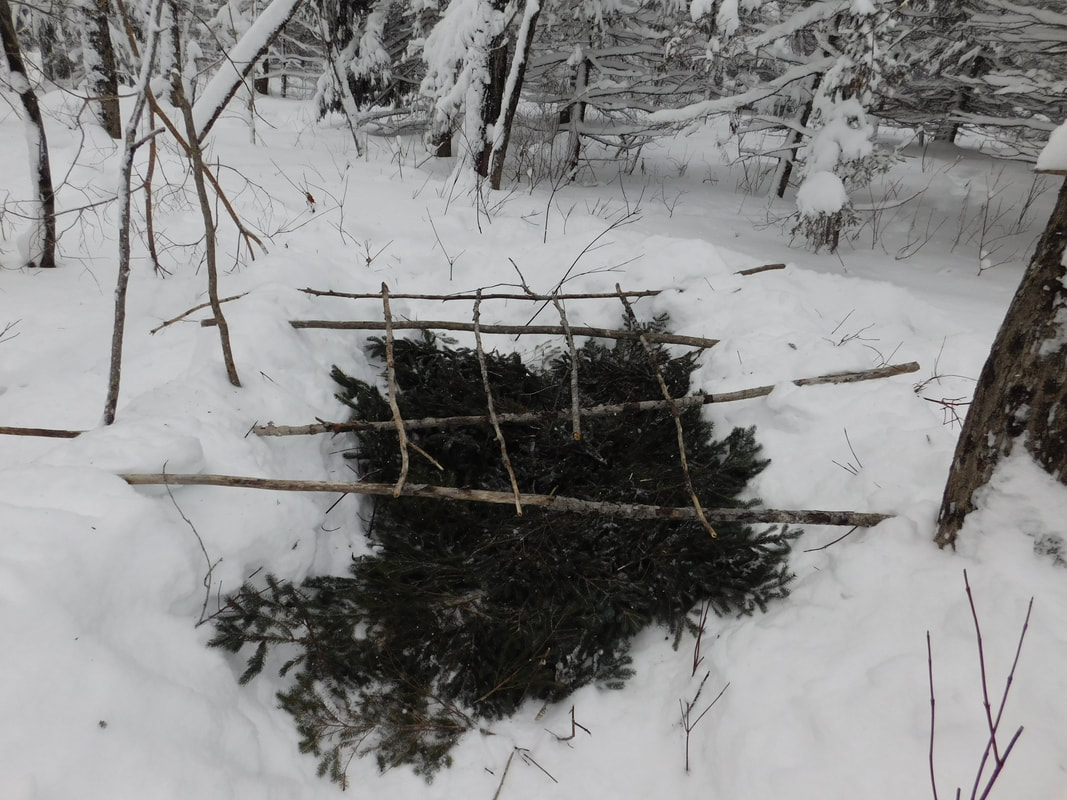
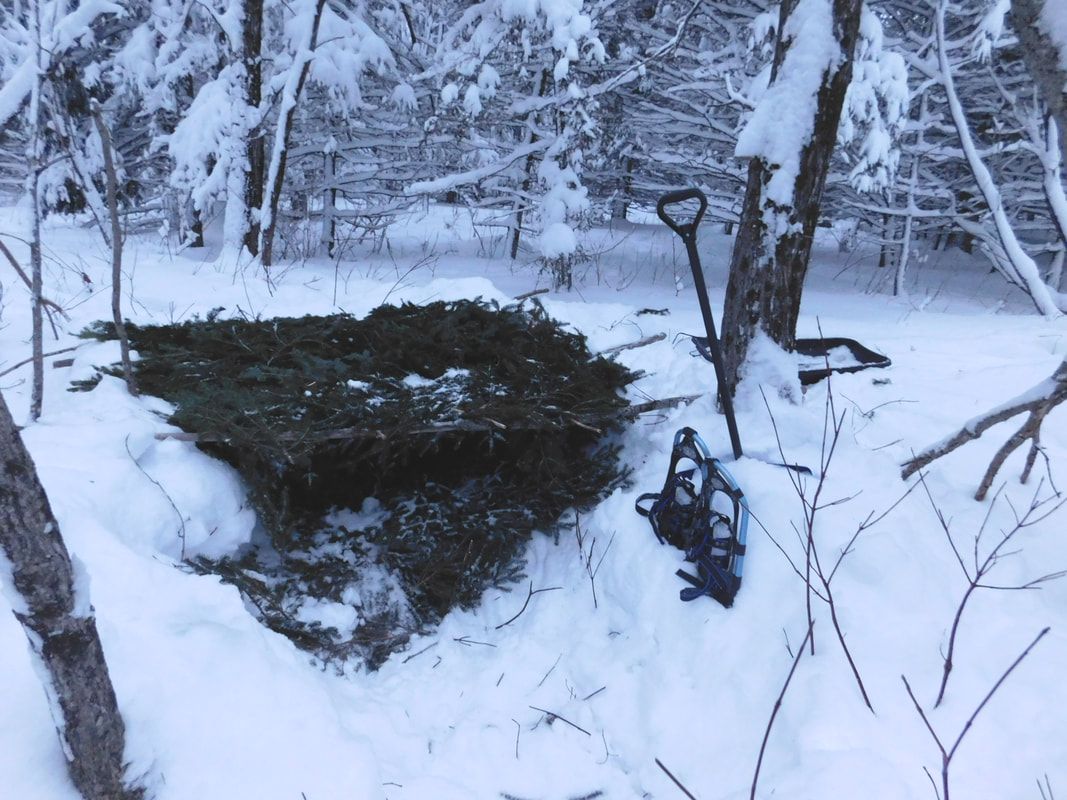
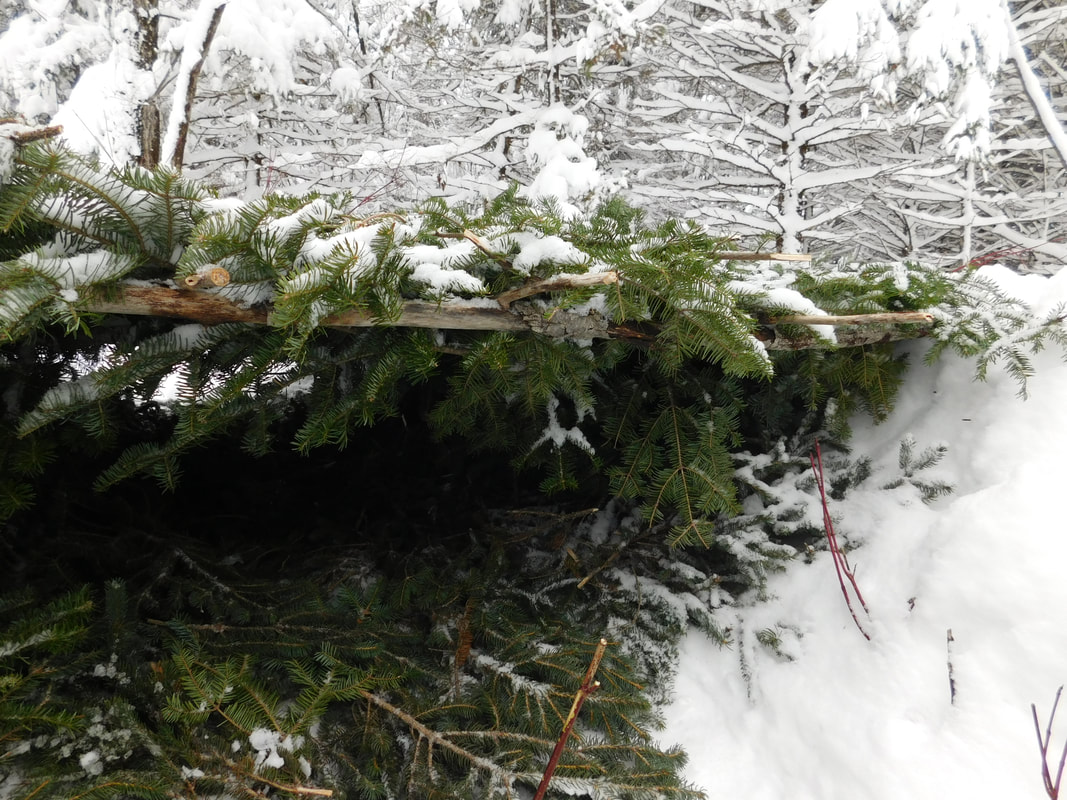

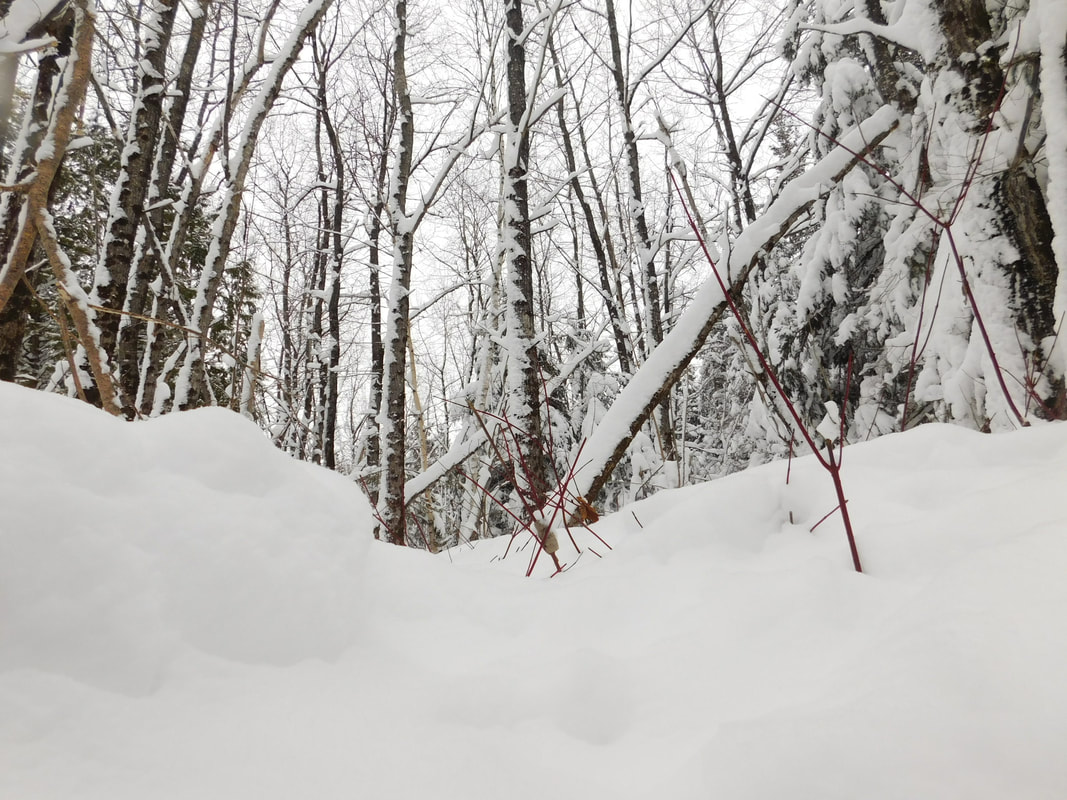

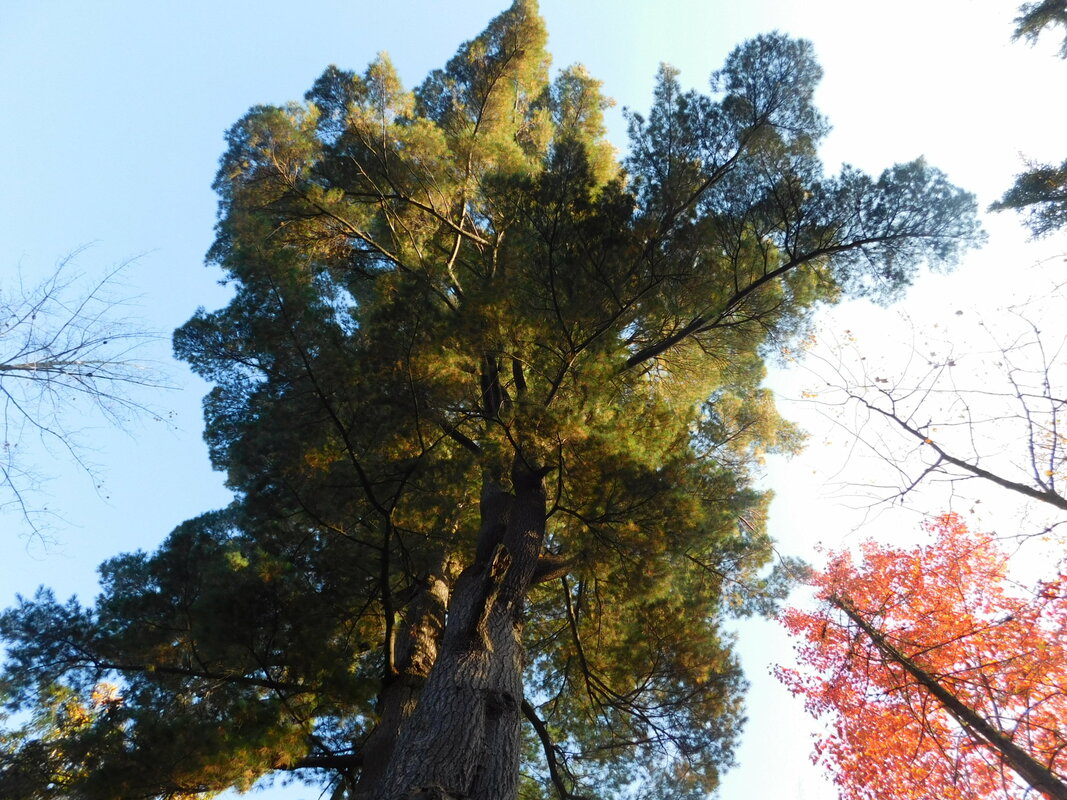
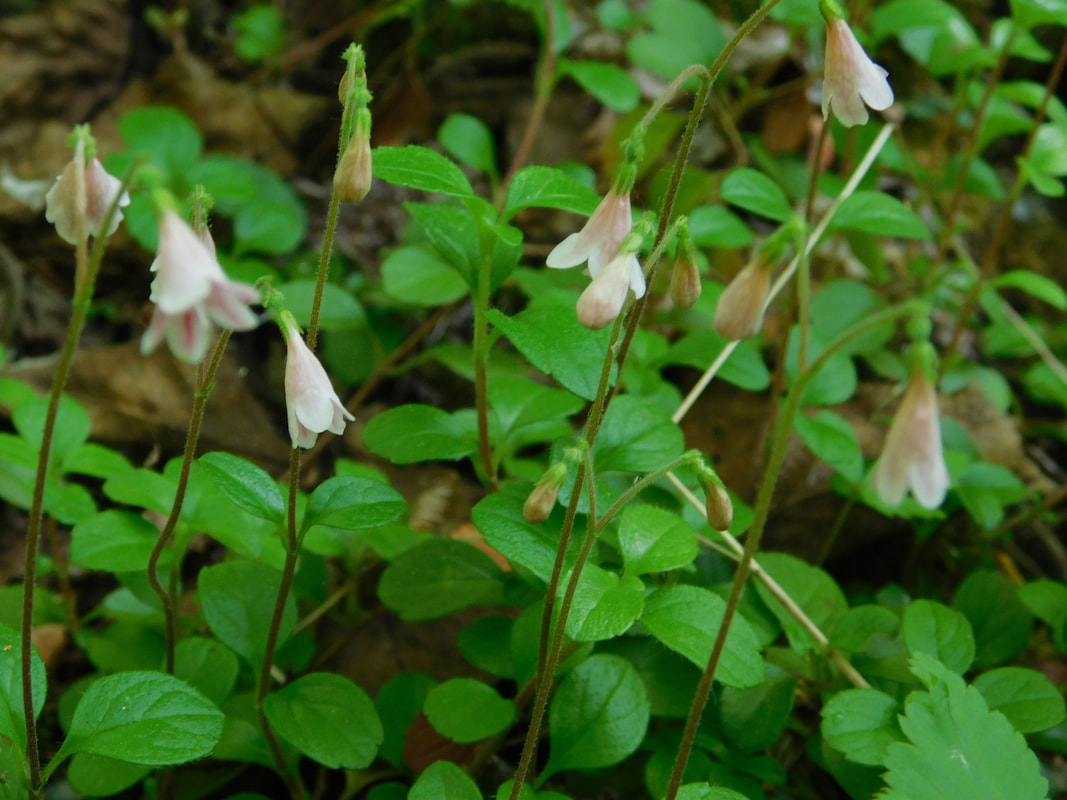

 RSS Feed
RSS Feed
